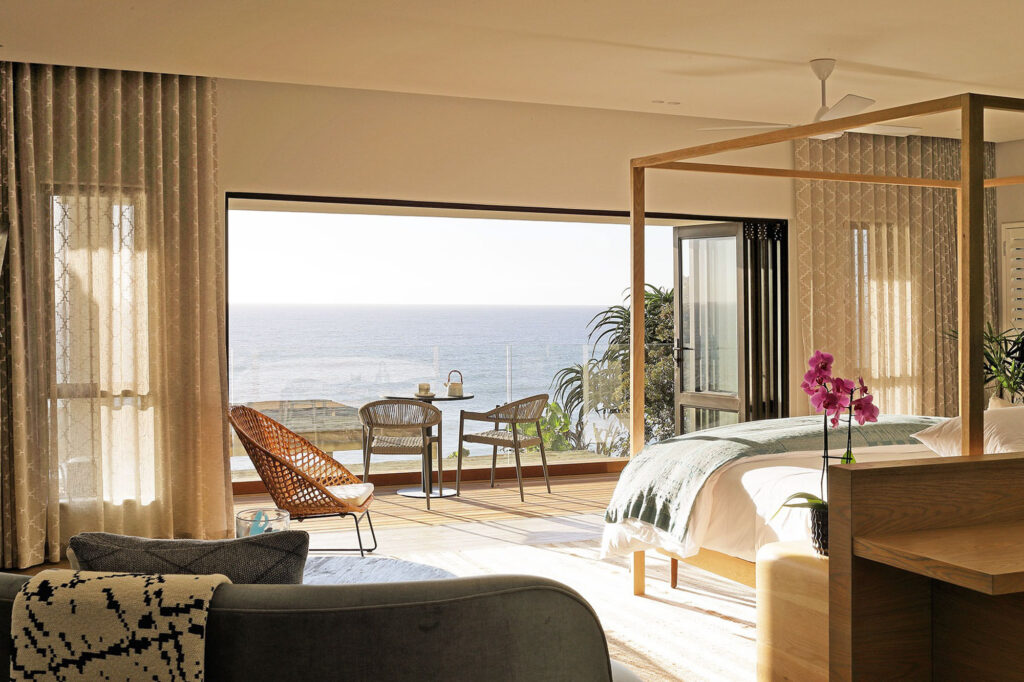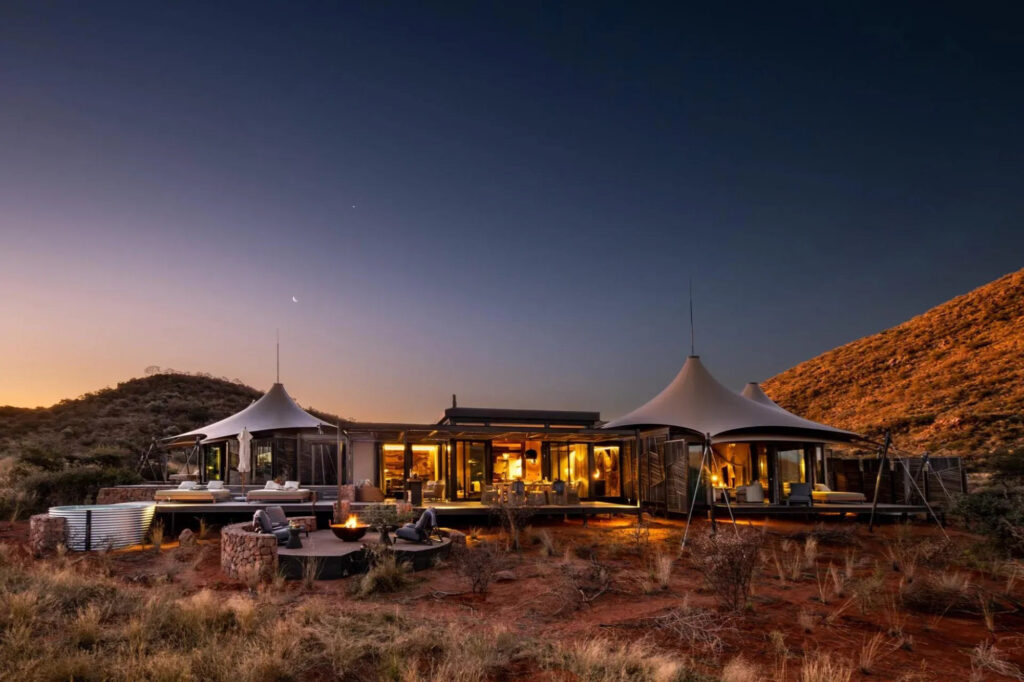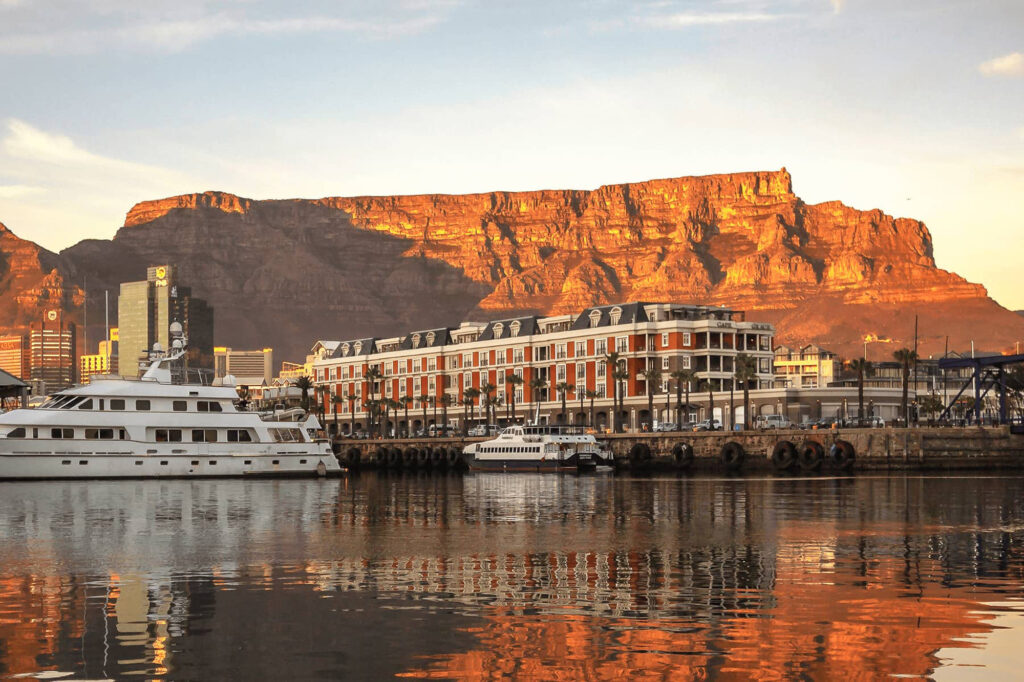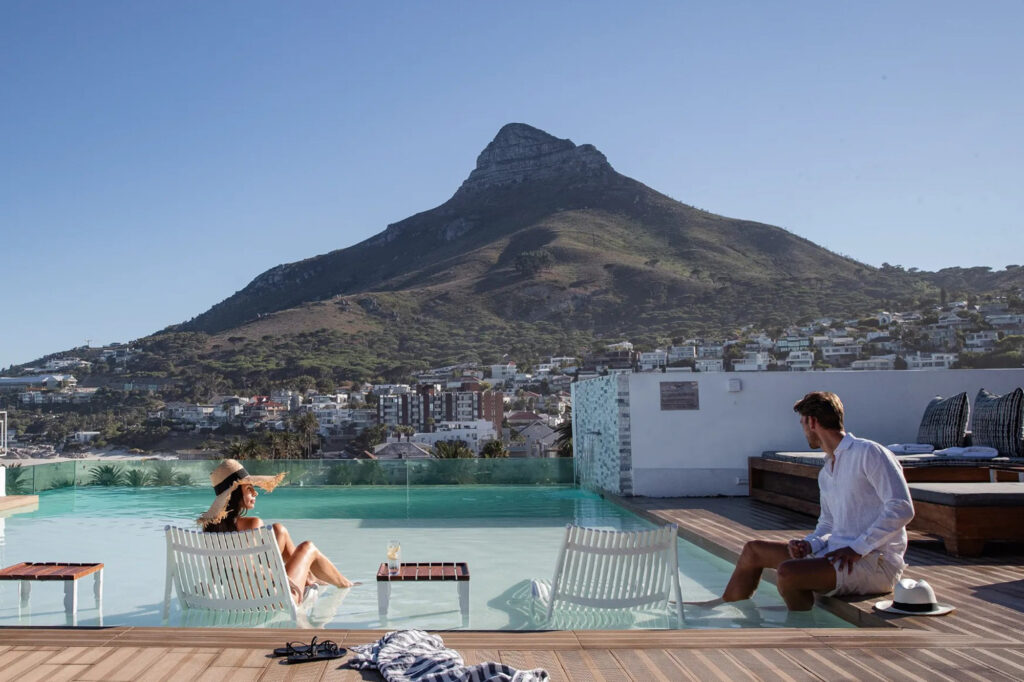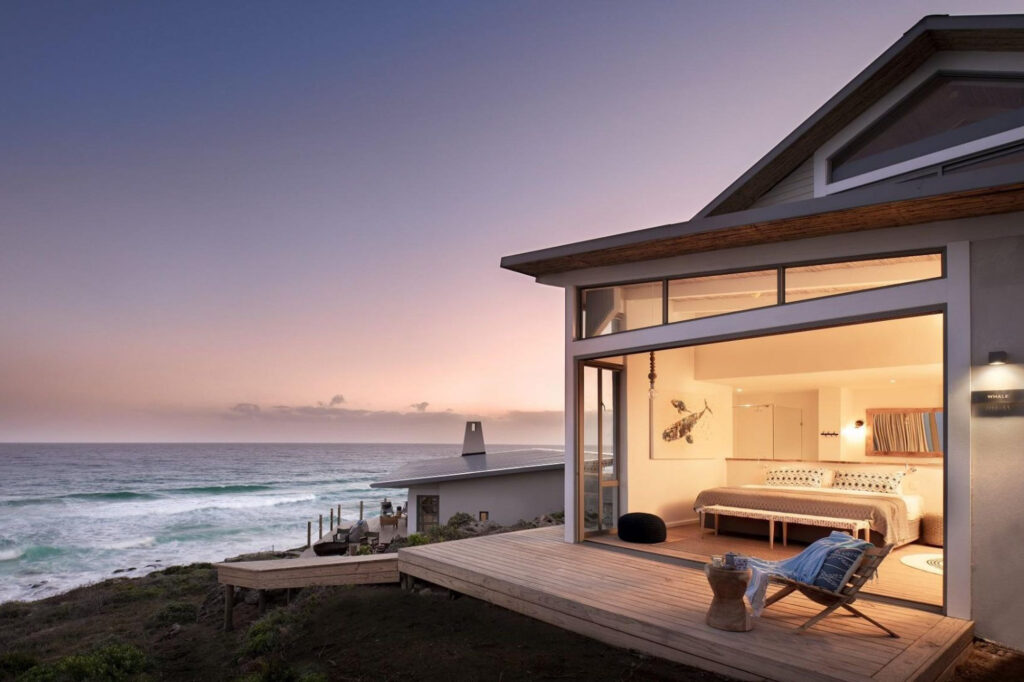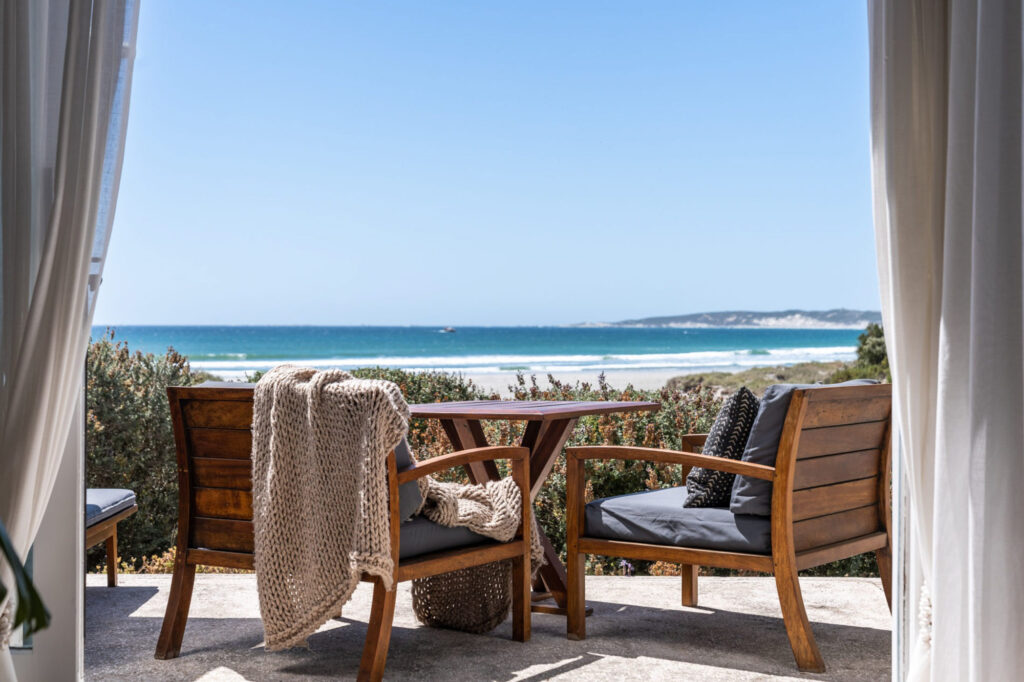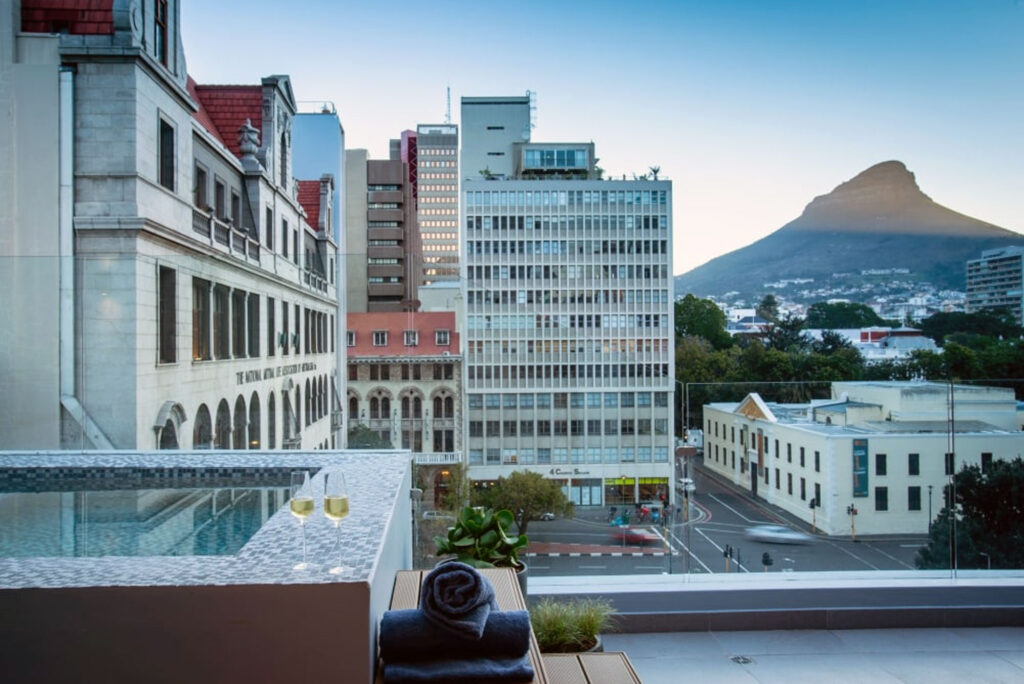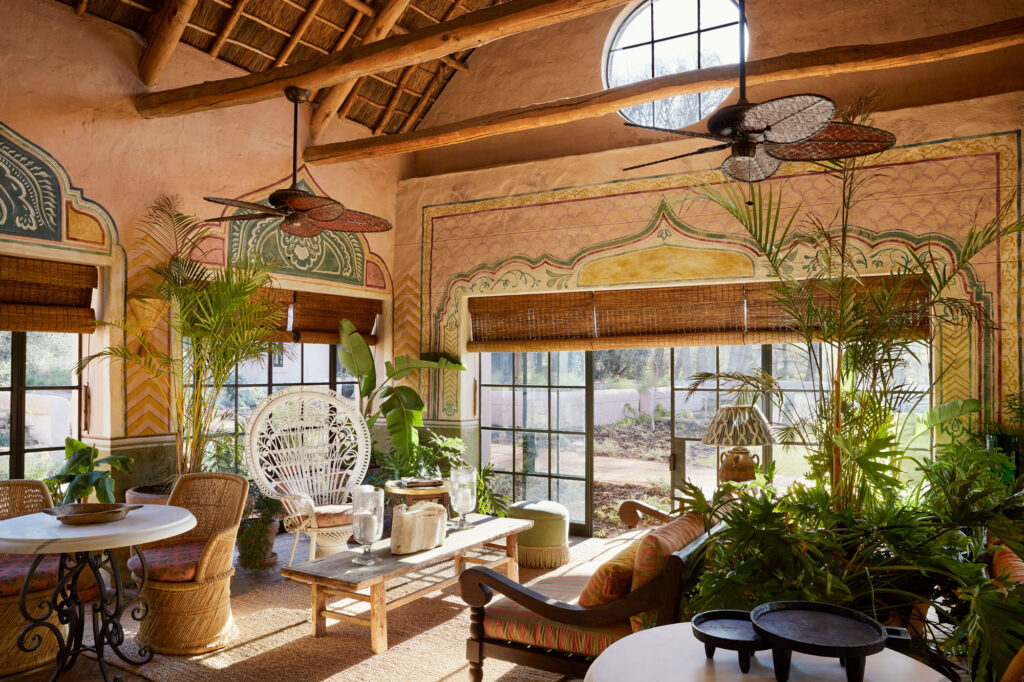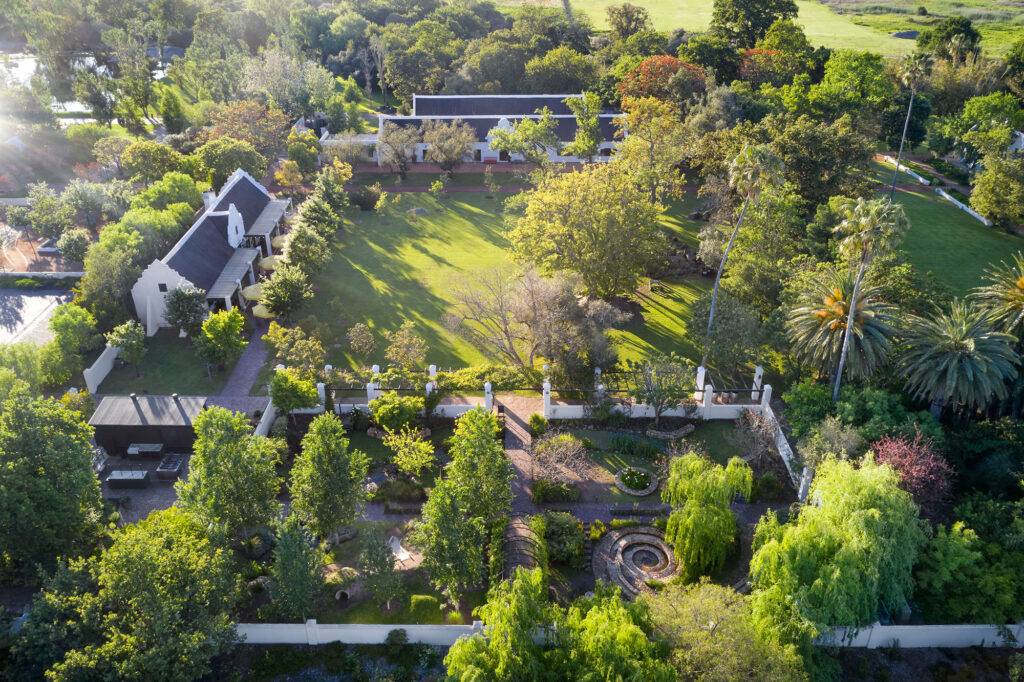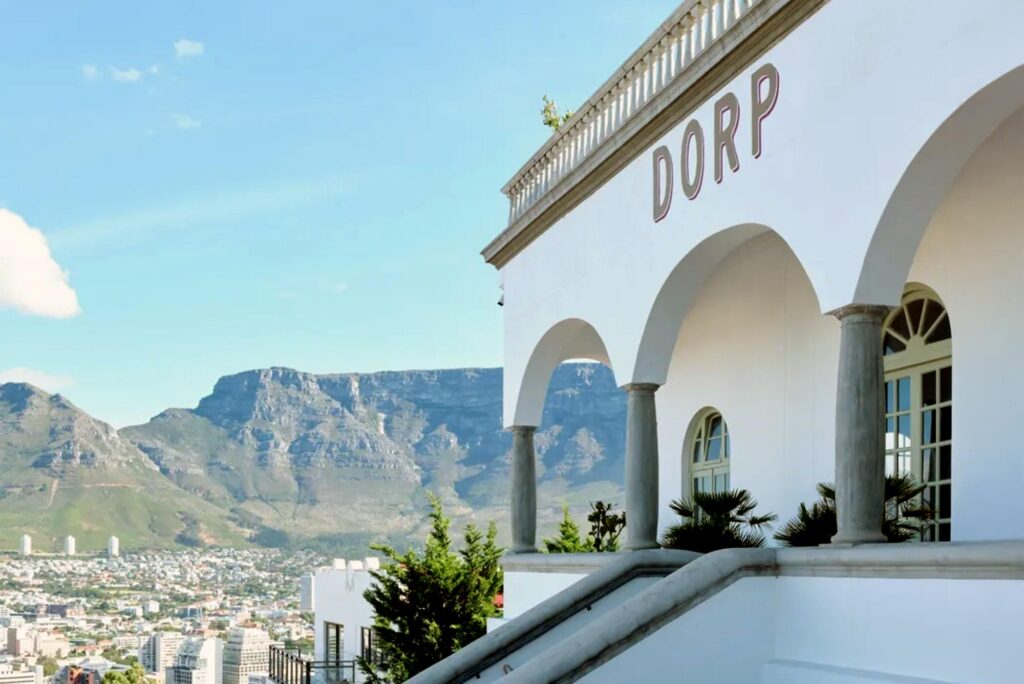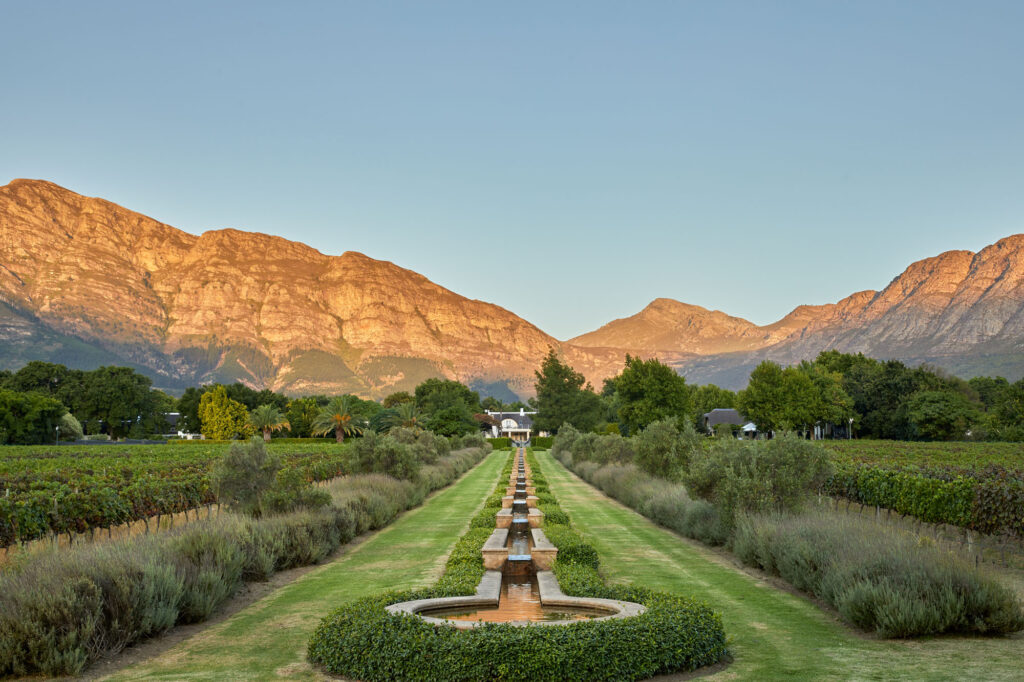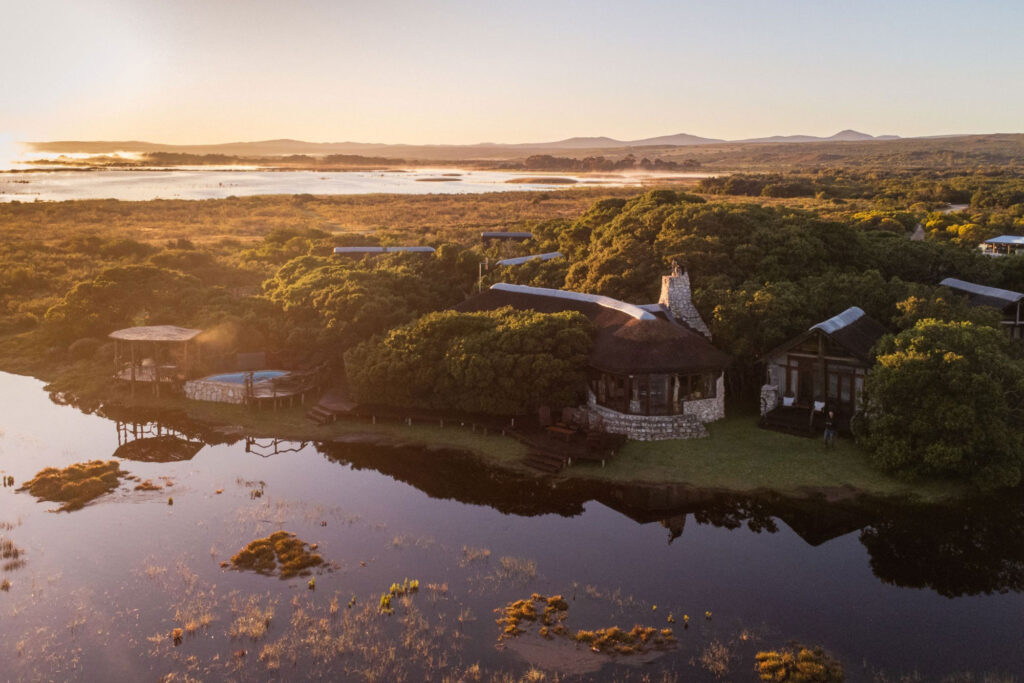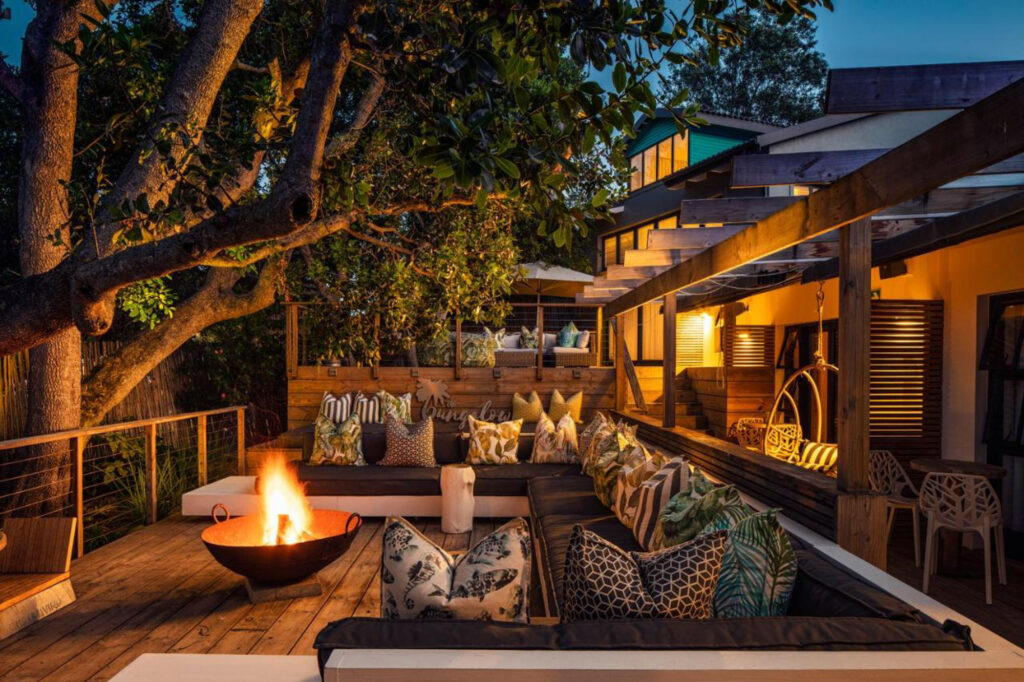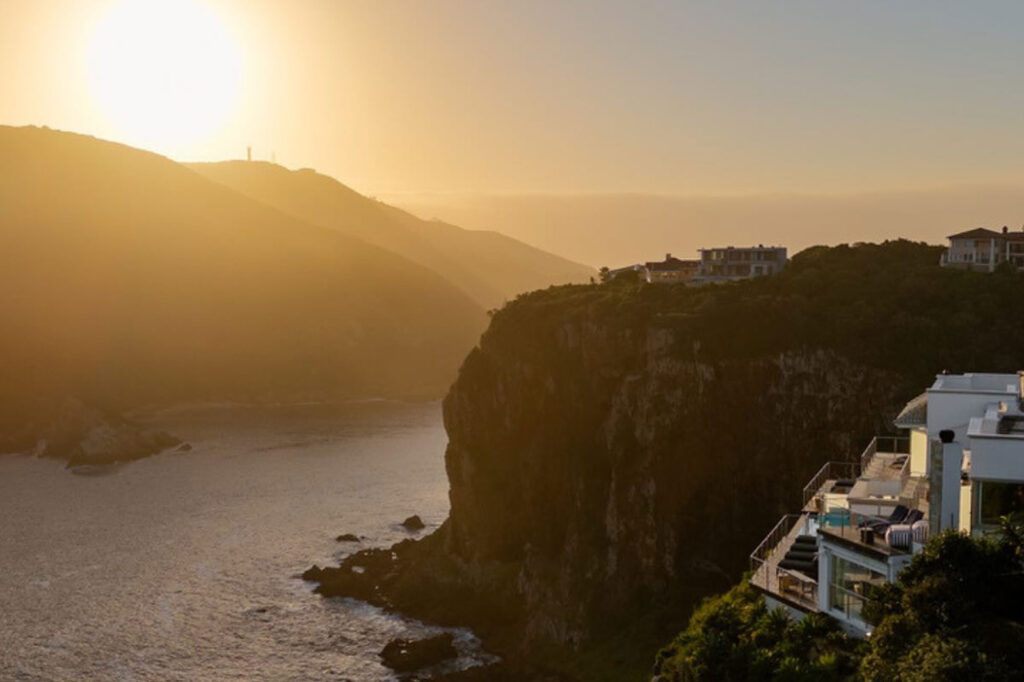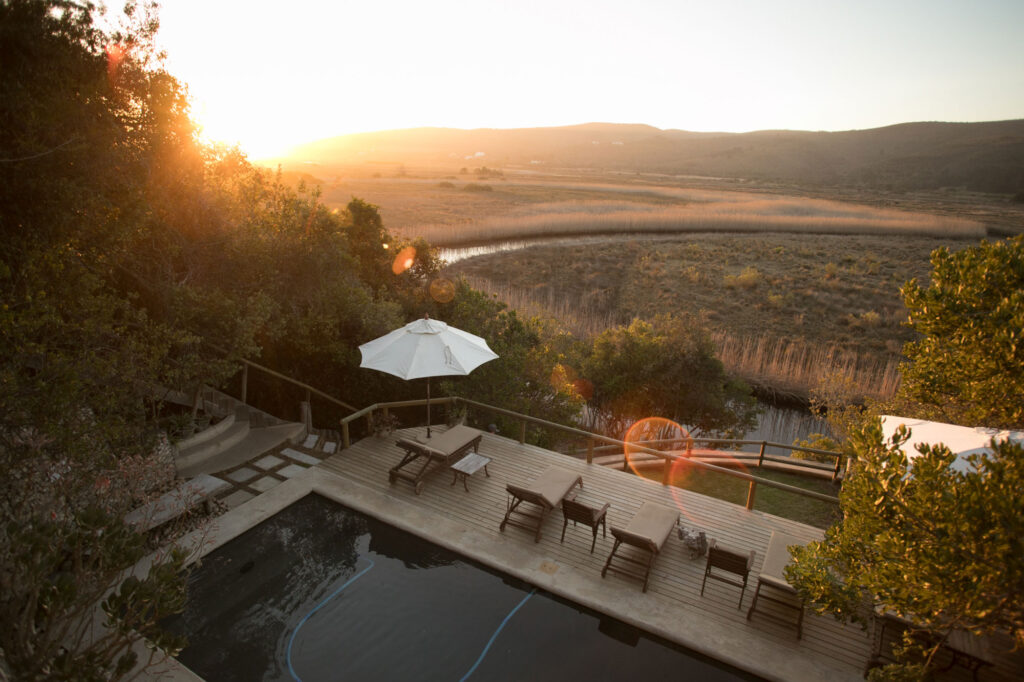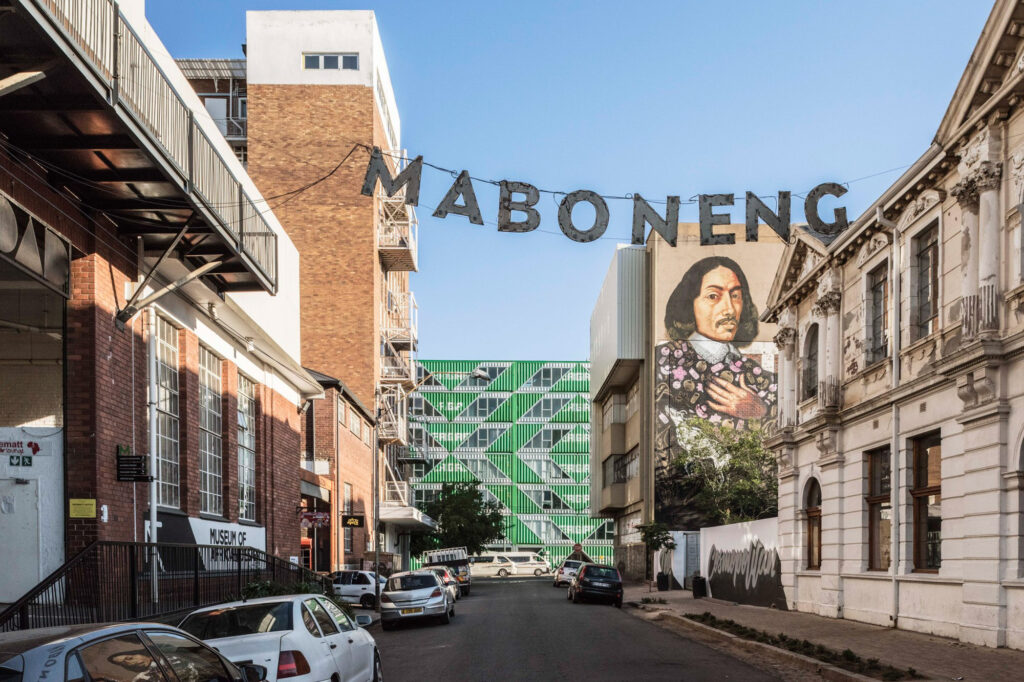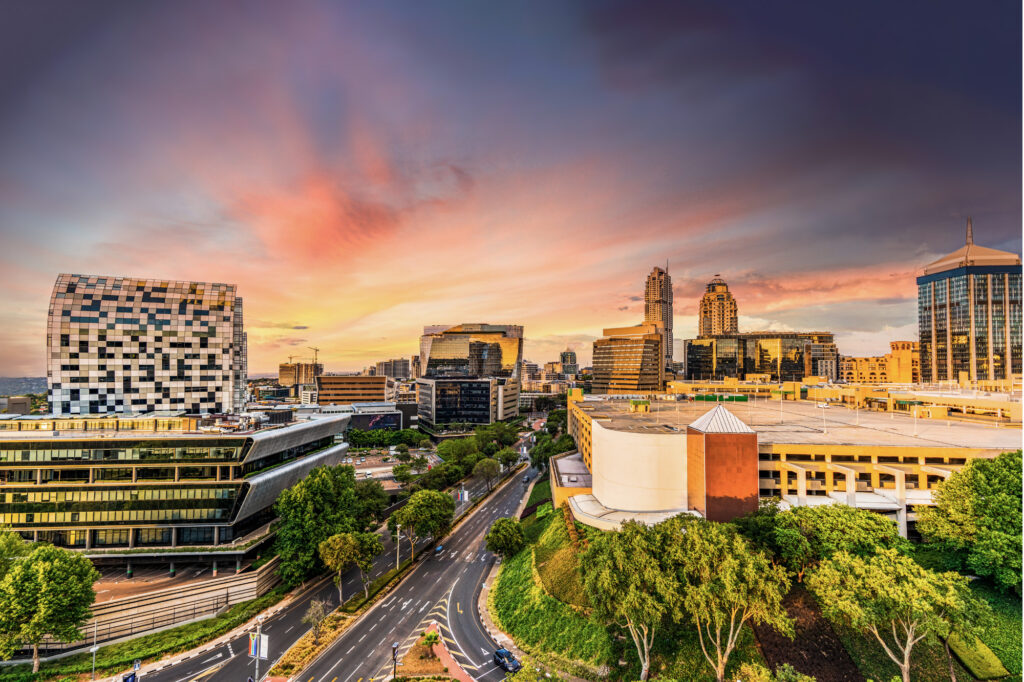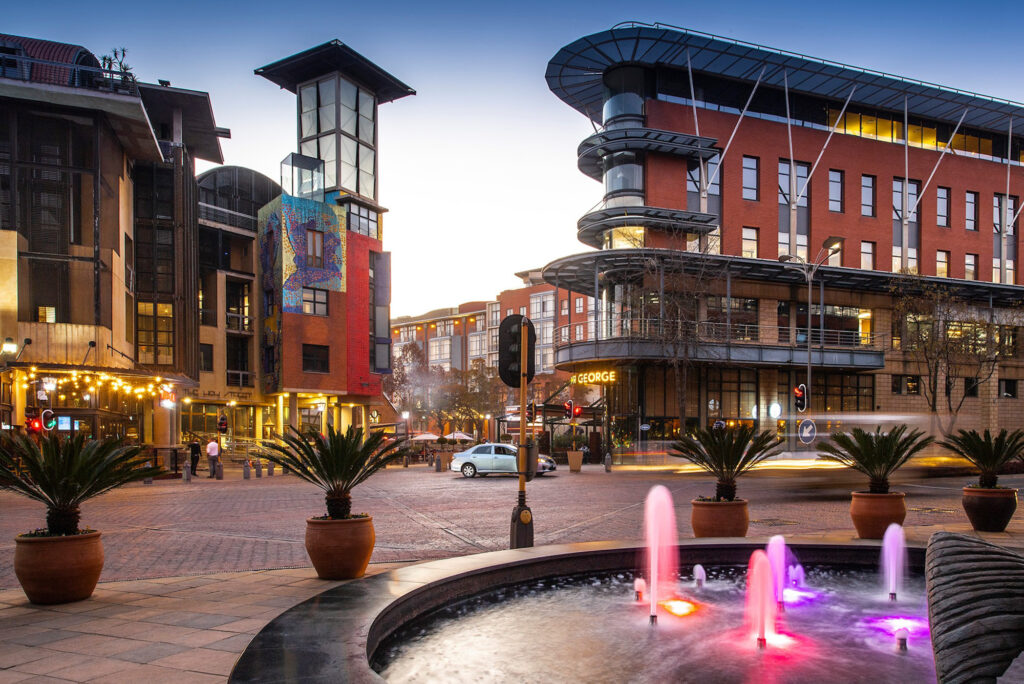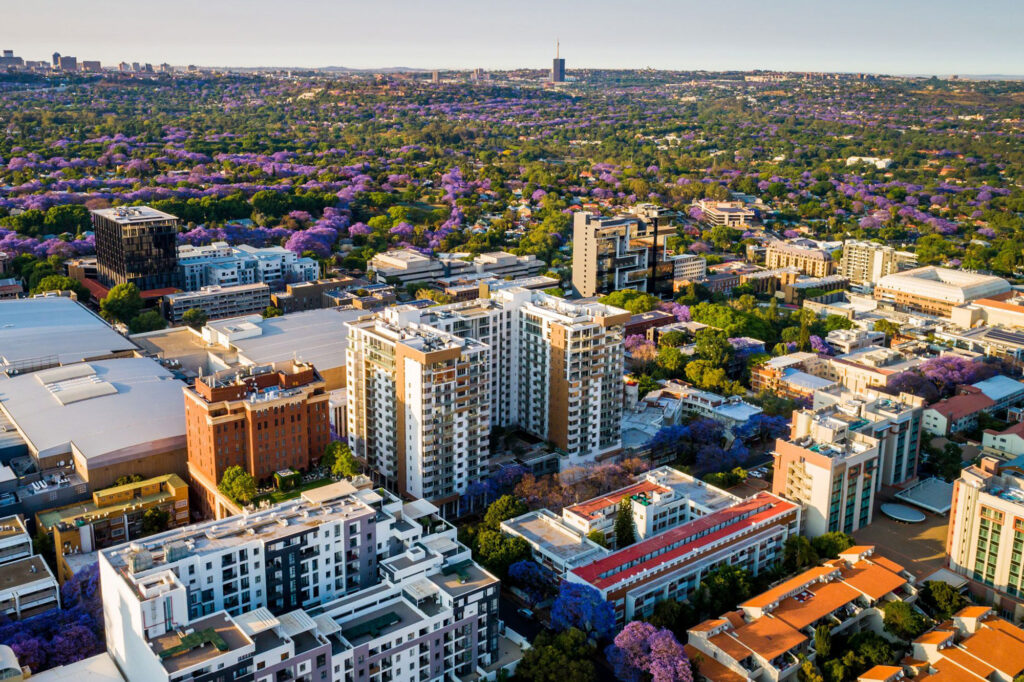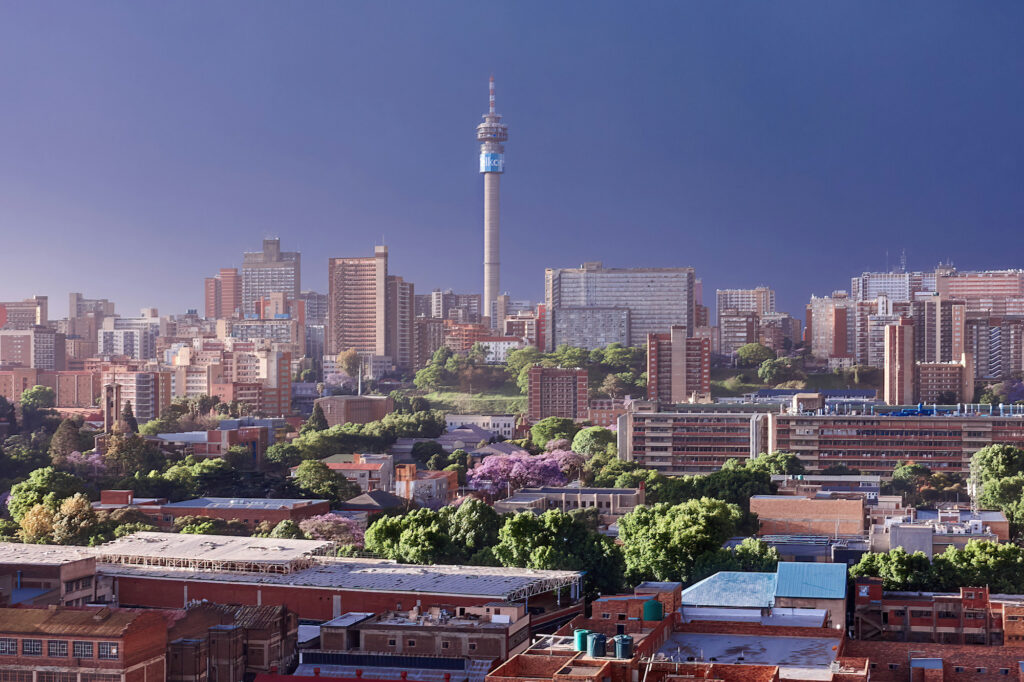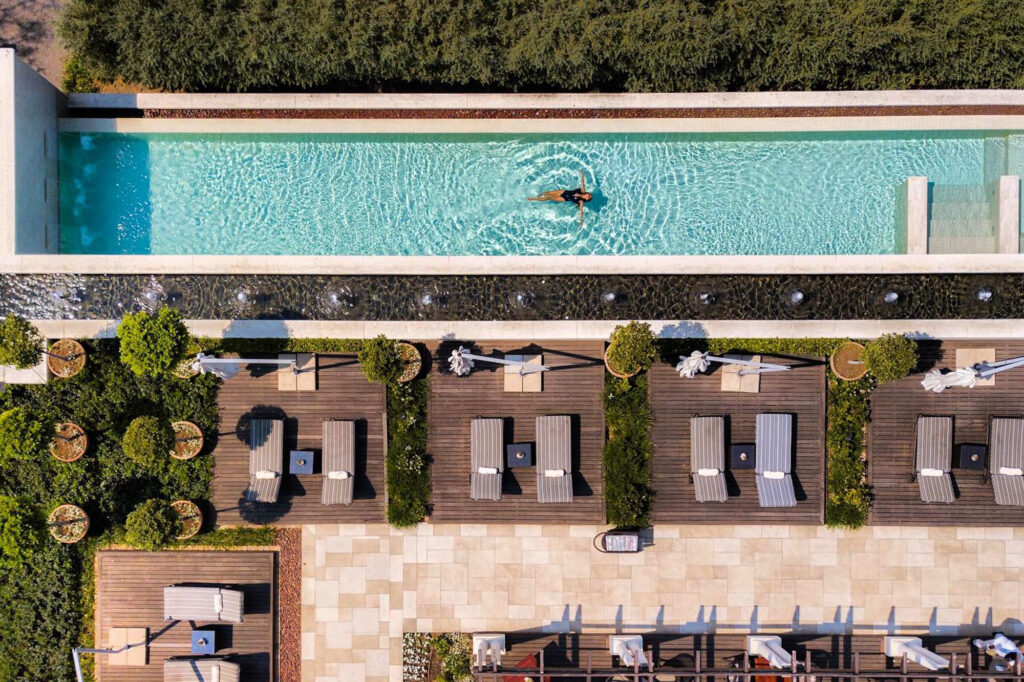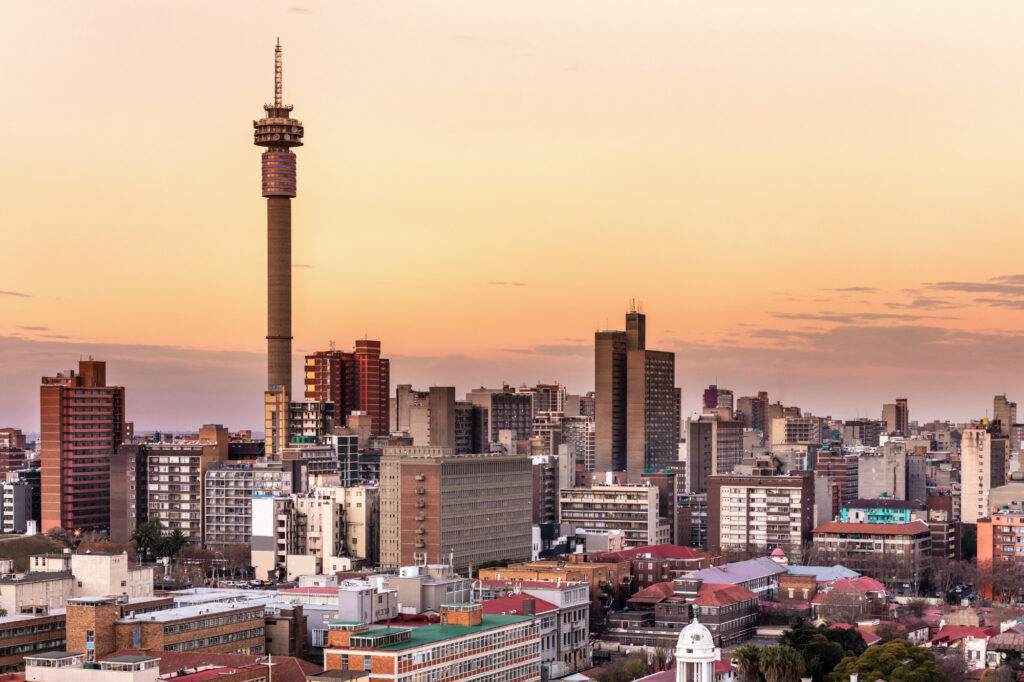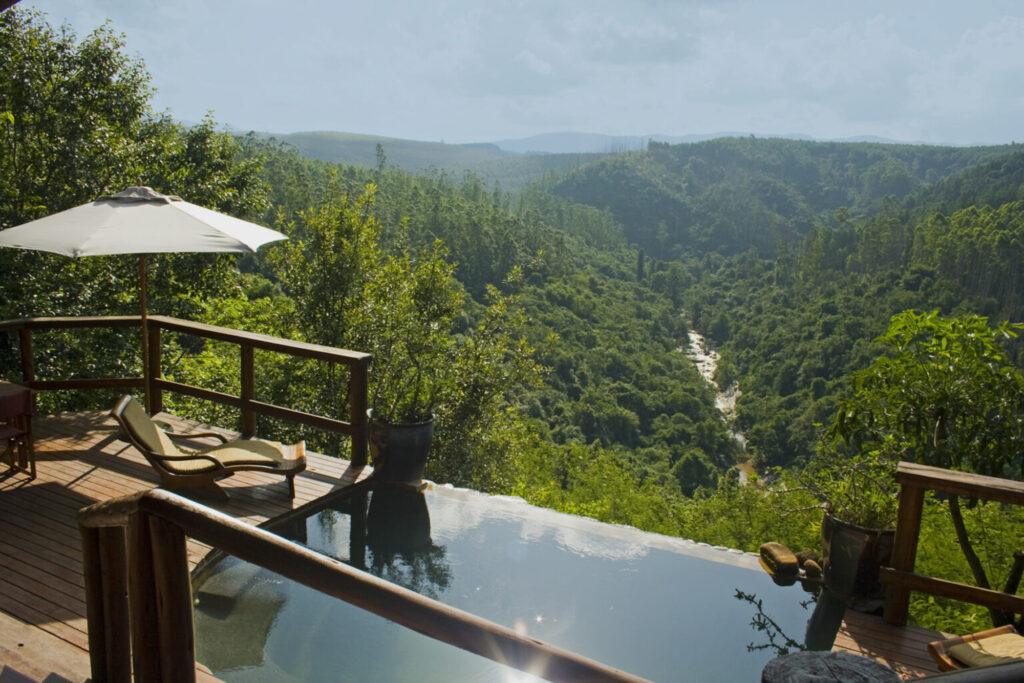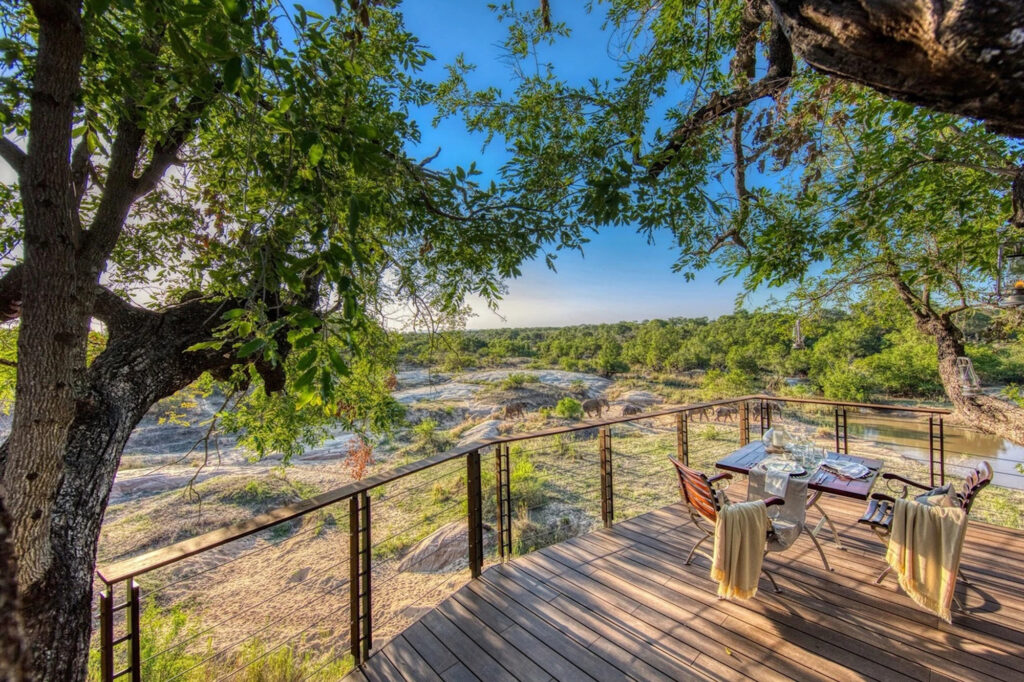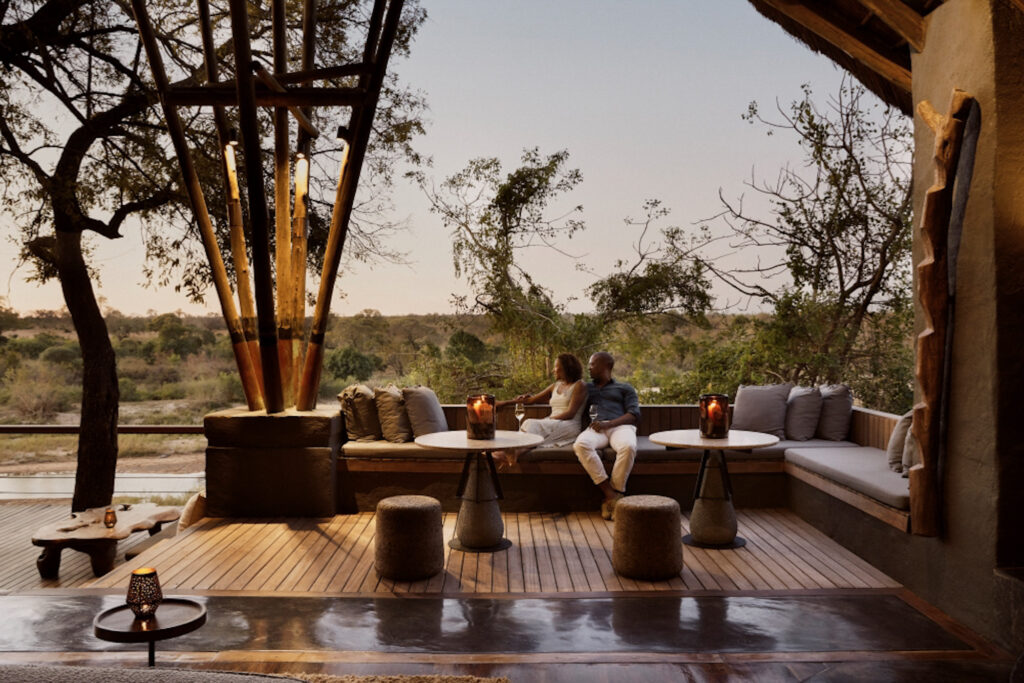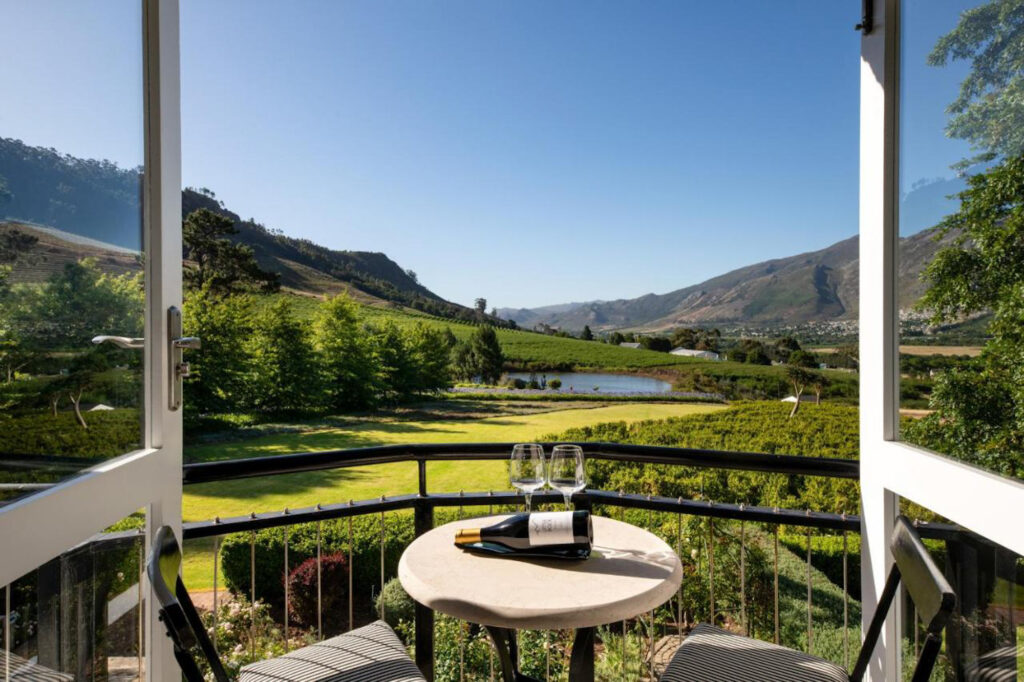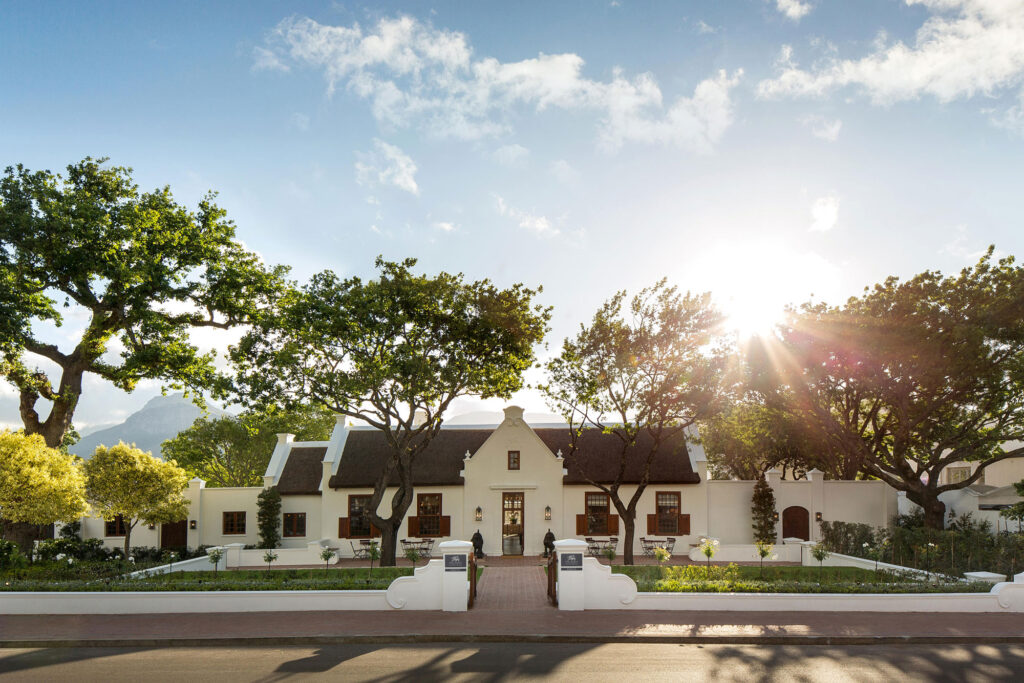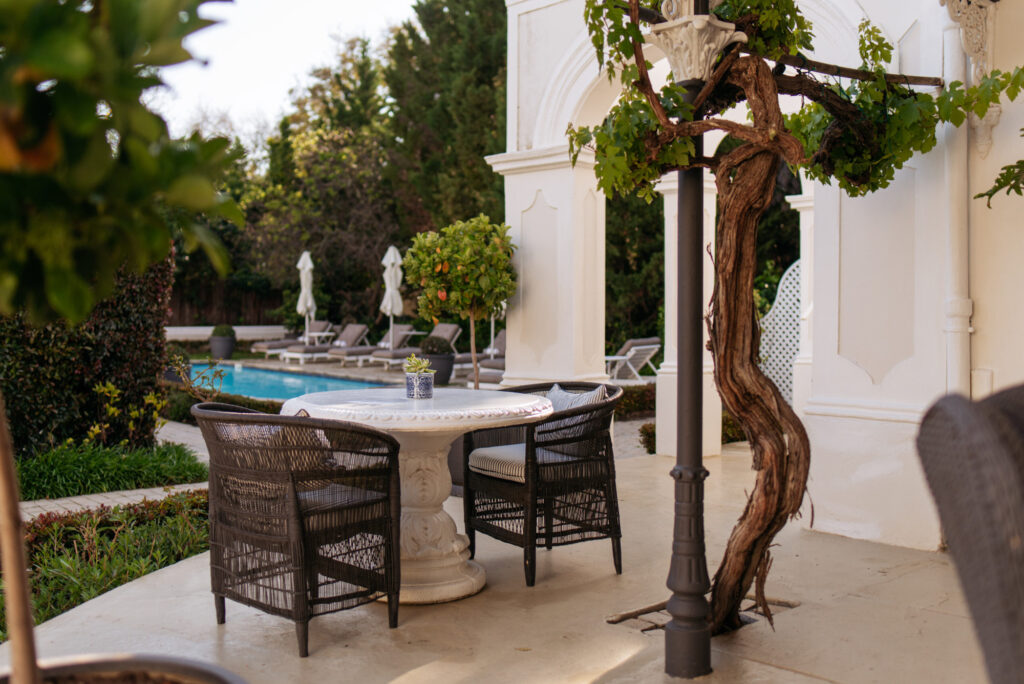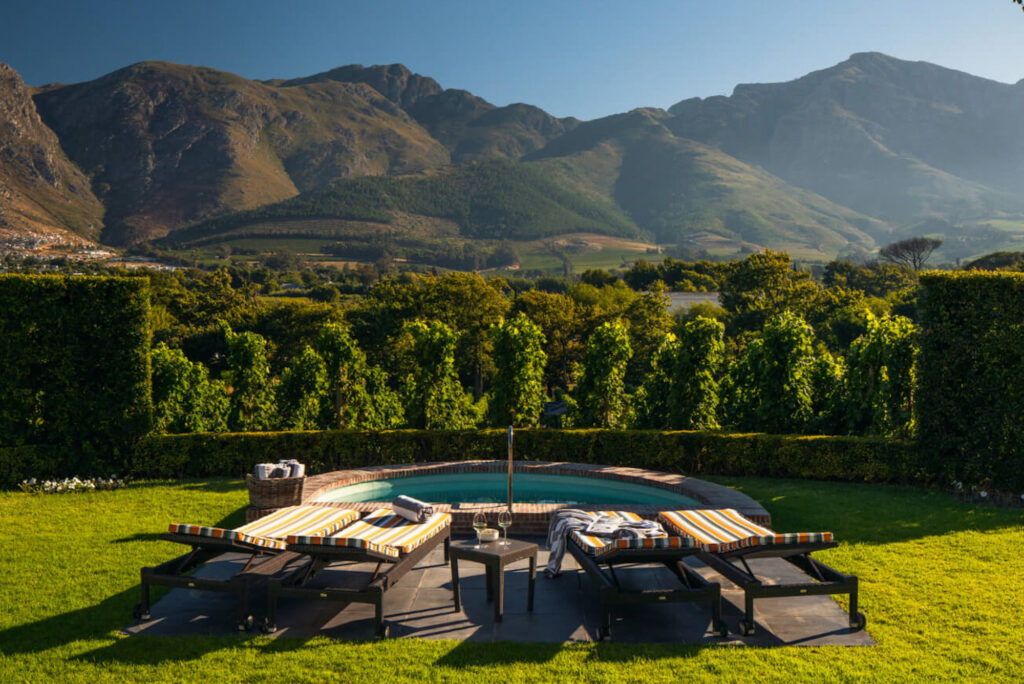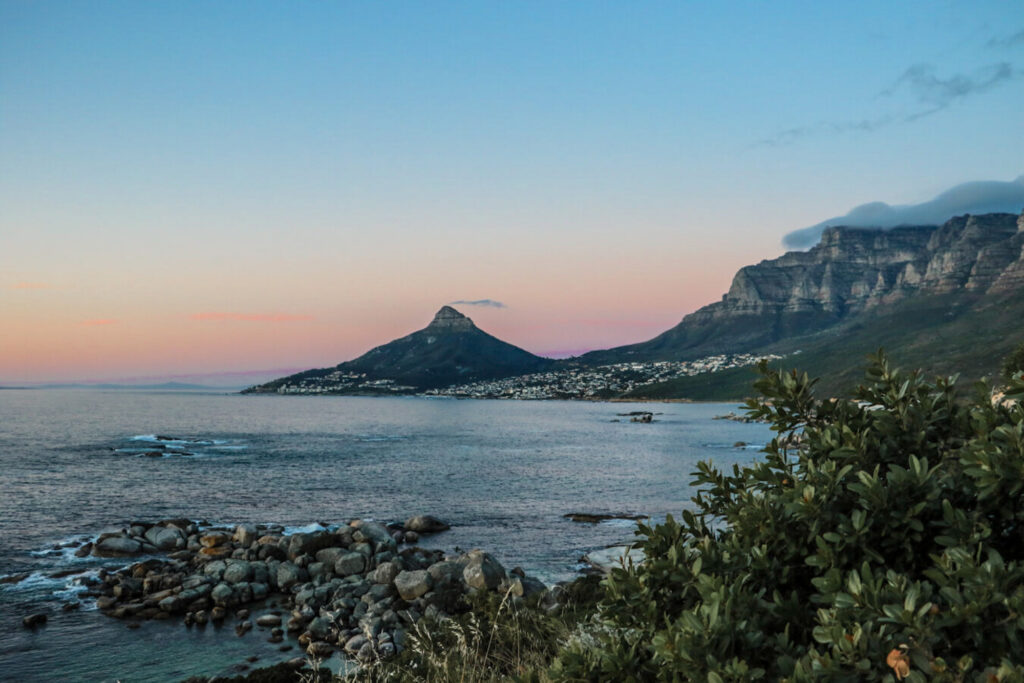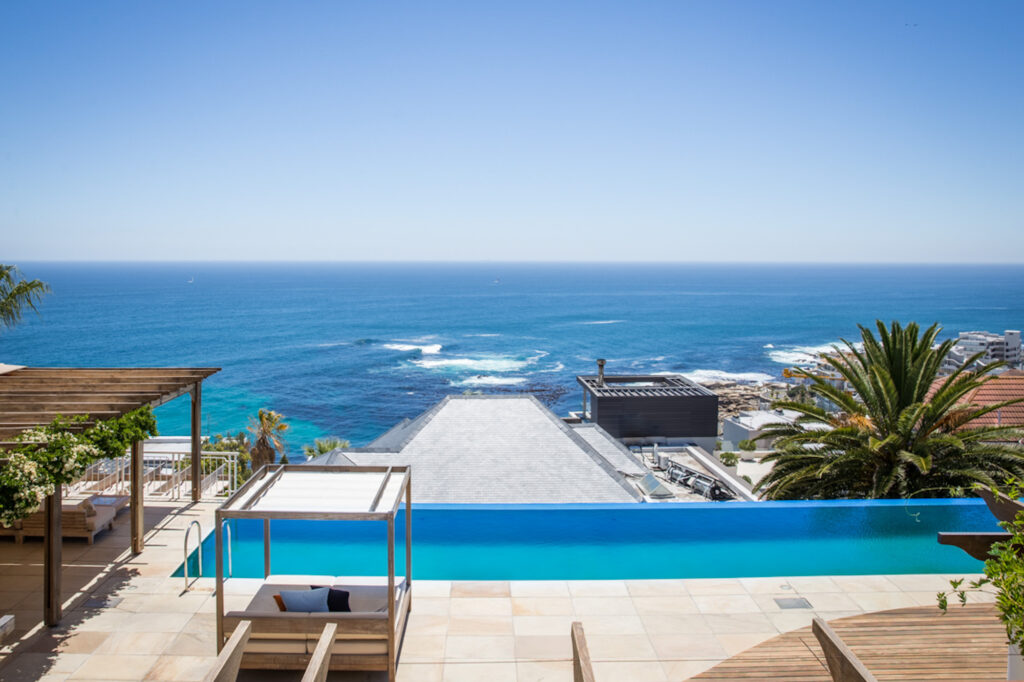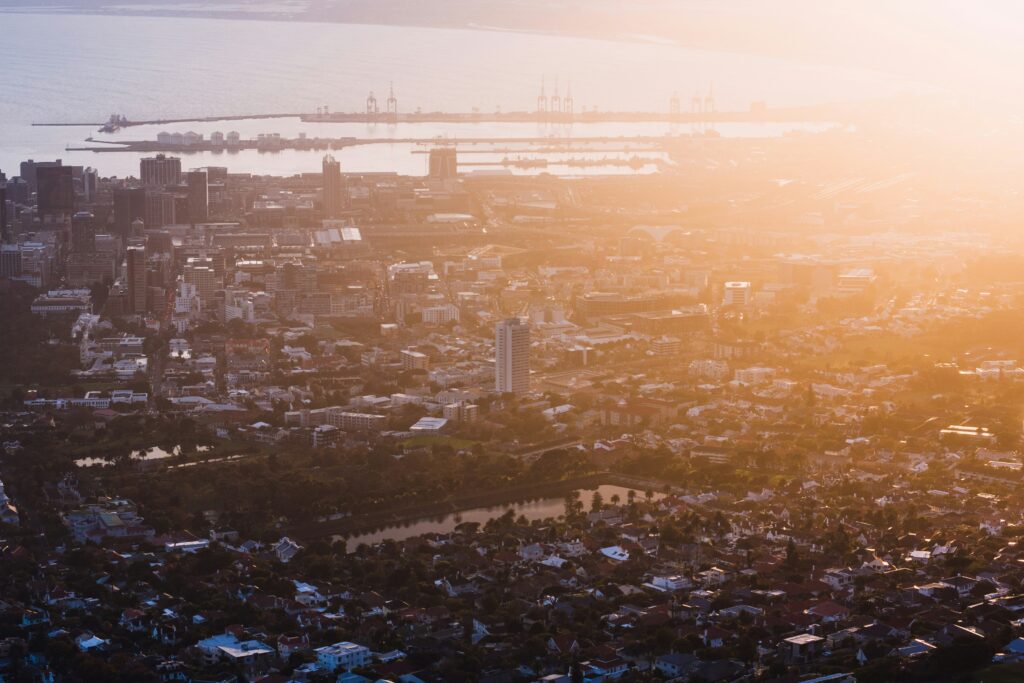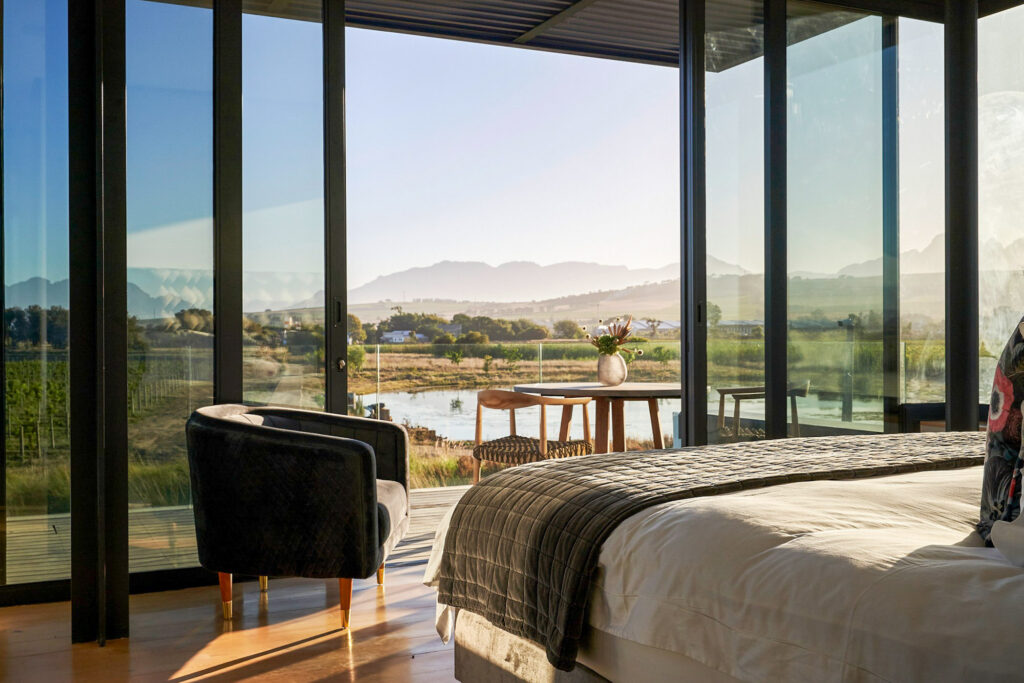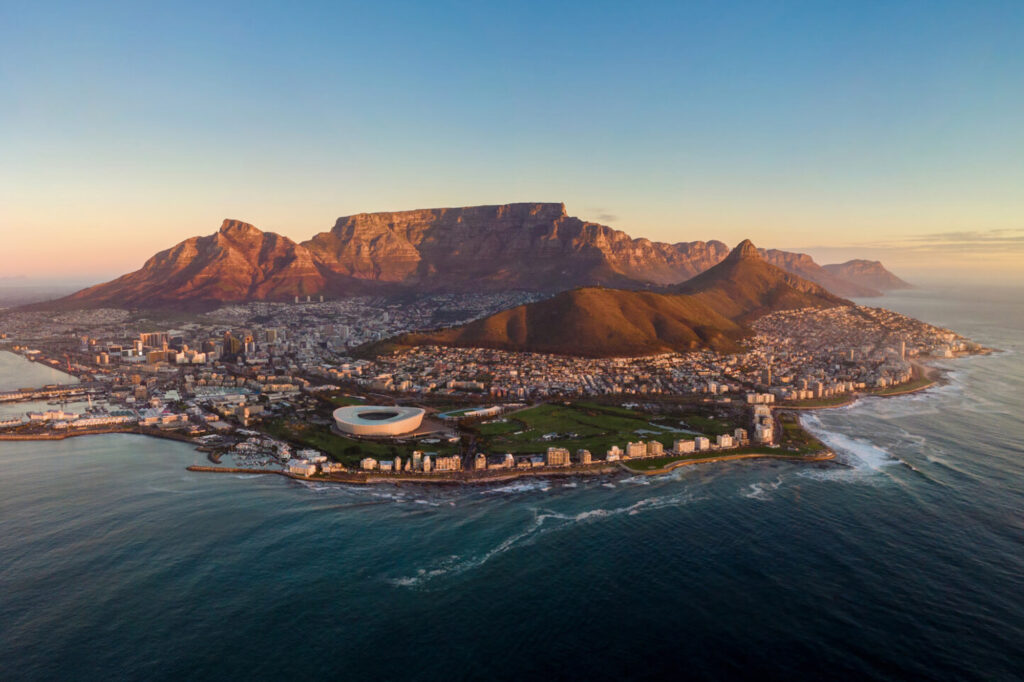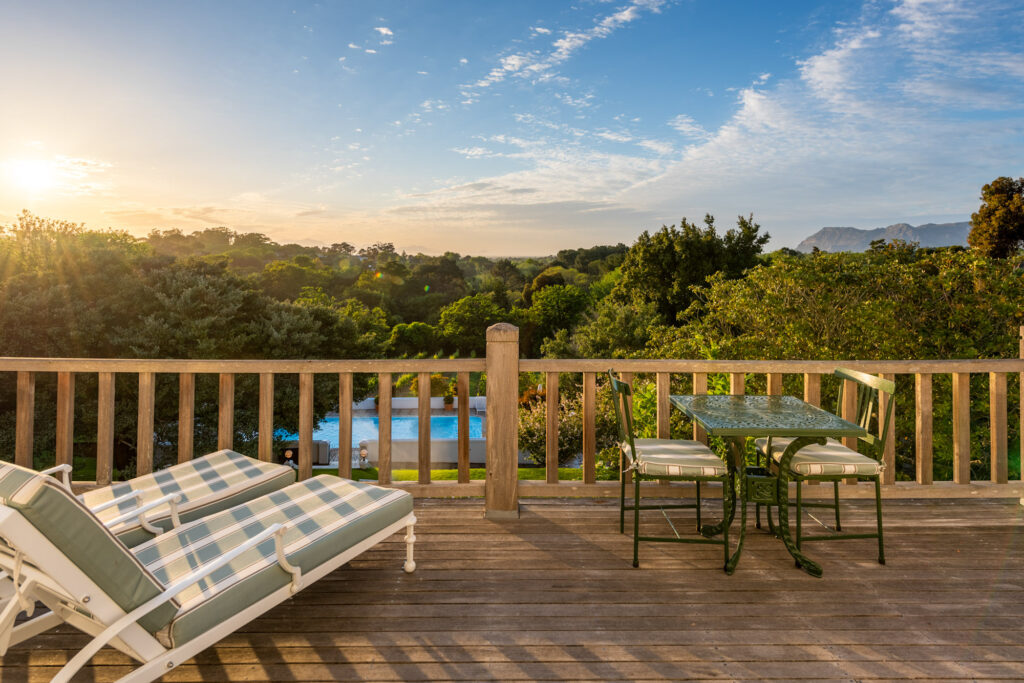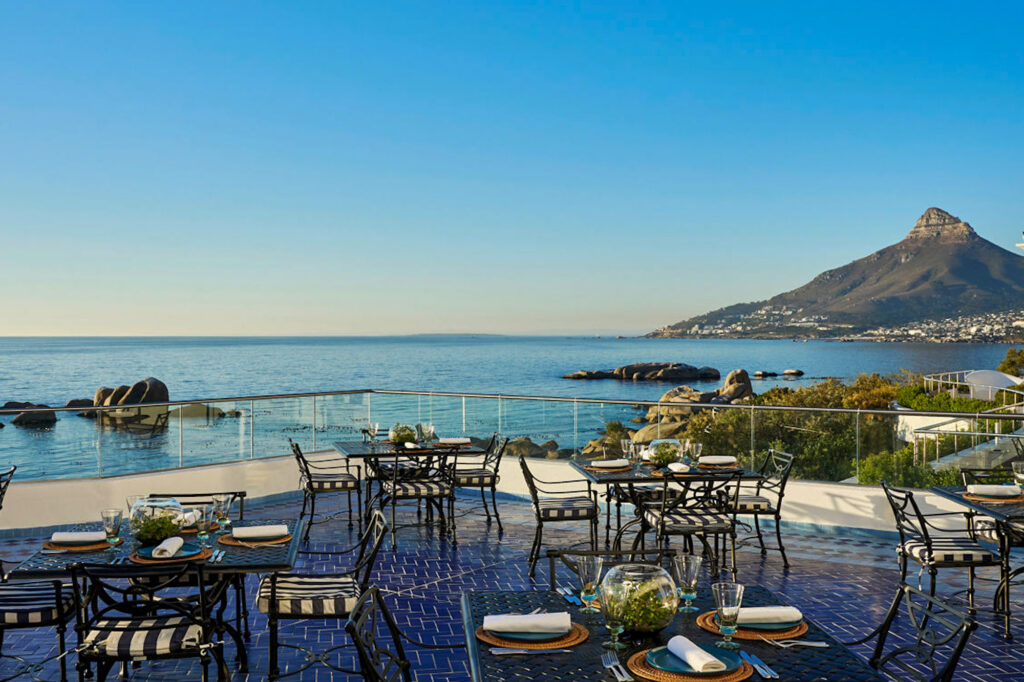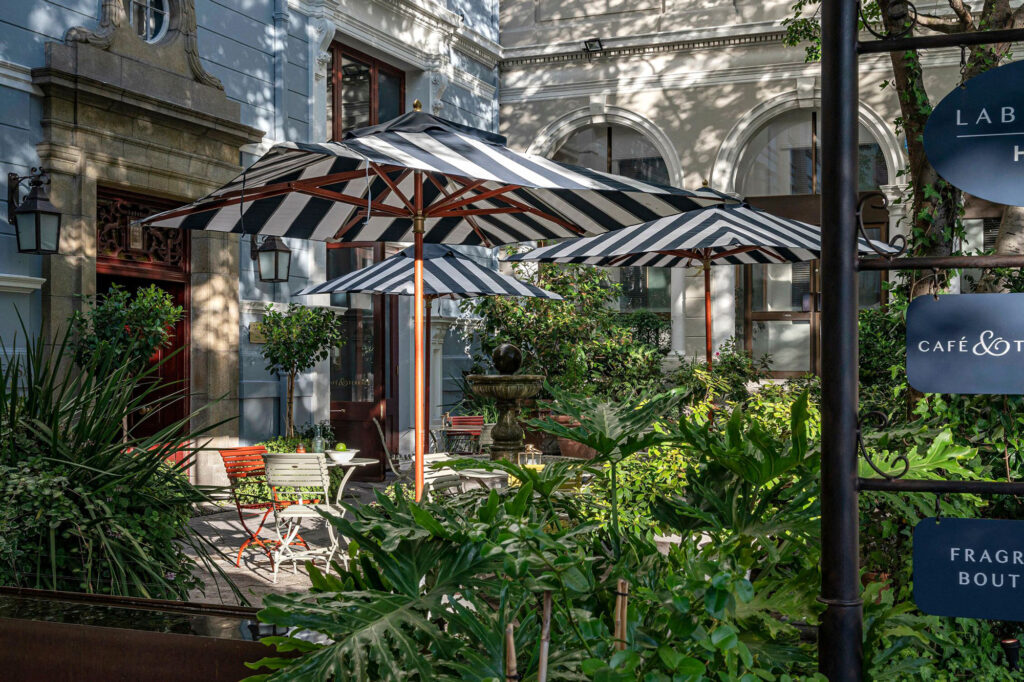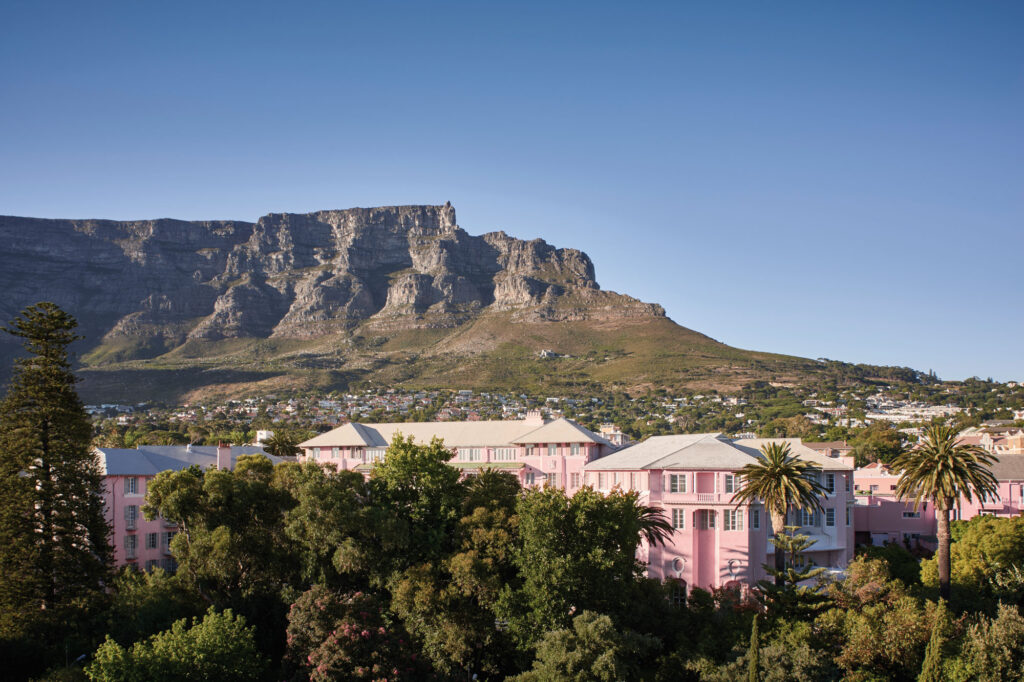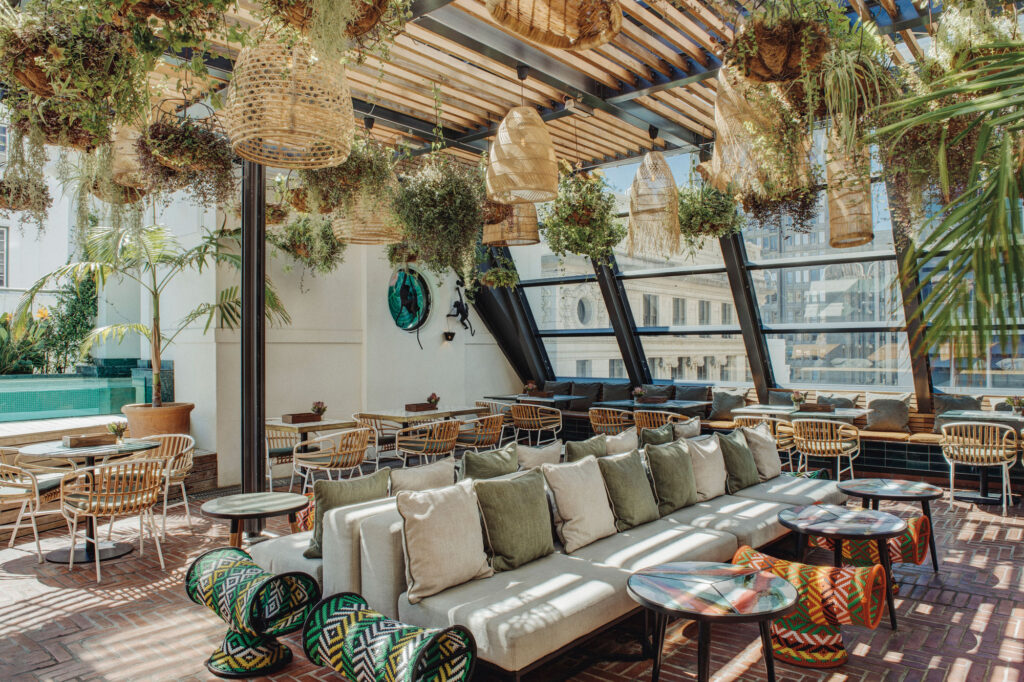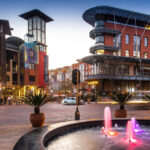
Africa
Before you rent: the must-read car rental guide for Africa
Southern Africa • Insider guides • Before you rent: the must-read car rental guide for Africa
The ultimate guide to renting a car in Africa
Renting a car in Africa hands you freedom on four wheels. The kind that lets you chase a coastline in Mozambique, cut across Namibia’s desert highways or wind into the green folds of Rwanda without waiting on anyone’s schedule but your own. Locals know that insurance loopholes, surprise fees and the wrong choice of vehicle can turn an adventure into a headache fast. This guide is about giving you the insider lowdown before you sign that rental agreement – what’s required, what’s worth paying extra for and what to avoid outright. From cruising the coastlines of South Africa to pushing into the red dust of East Africa, the right rental means freedom on your terms. Here’s how to do it smart and do it right.
Table of Contents
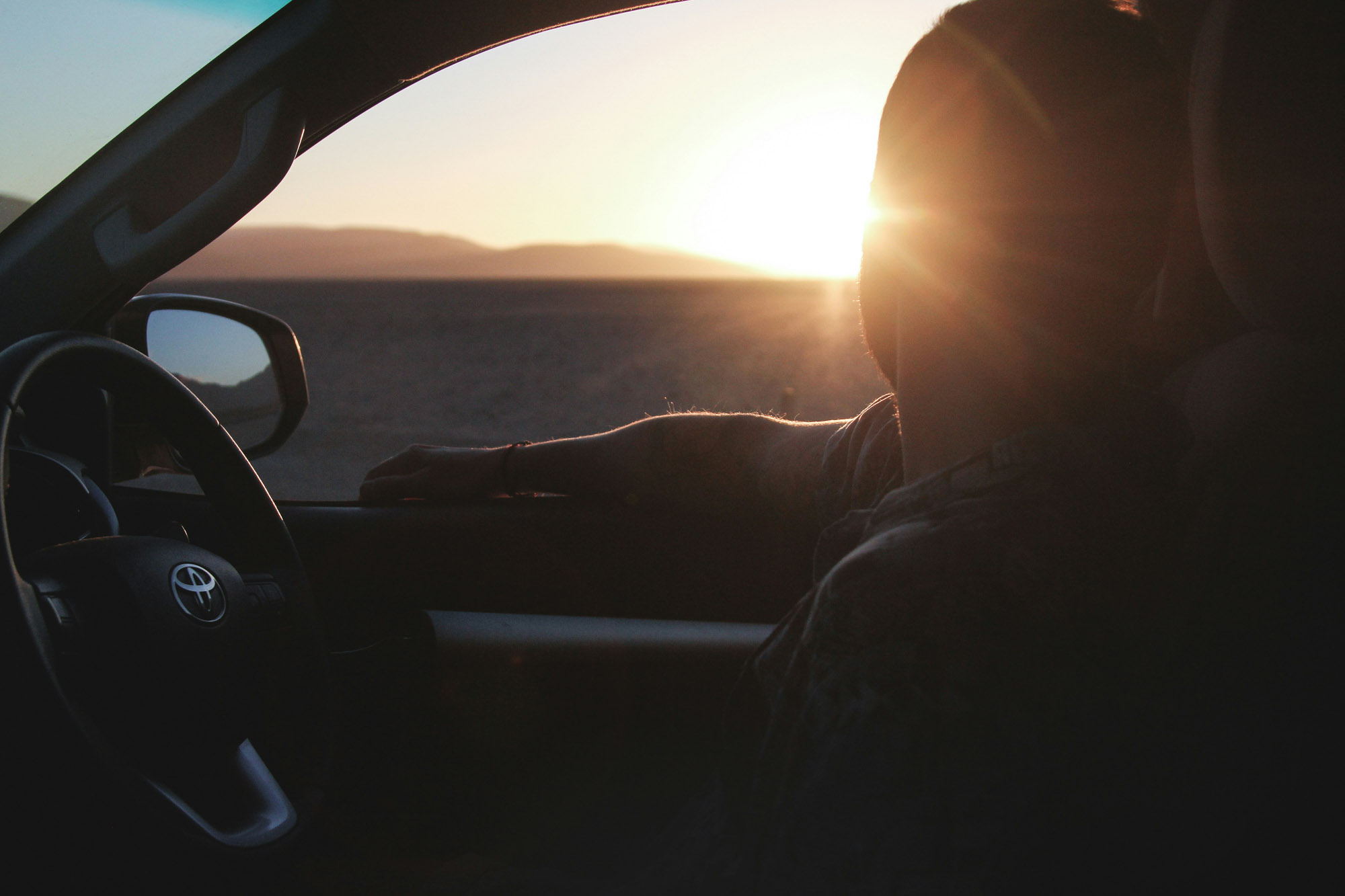
What are the main requirements for renting a car in Africa?
Licence and documentation
To rent a car in most African countries, you’ll need a valid driver’s licence and, in many cases, an International Driving Permit (IDP). South Africa and Namibia accept English-language licences, but countries like Tanzania or Mozambique may insist on the IDP for translation purposes. A passport and proof of entry (visa or arrival stamp) may also be required.
Age rules
The minimum rental age typically ranges from 21 to 23, though some companies start at 25. Drivers under 25 often face young driver surcharges, while older drivers (70+) may encounter restrictions or need a medical certificate.
Payment methods
A credit card in the lead driver’s name is standard for deposits. Debit cards are seldom accepted outside of South Africa and Morocco.
Affiliate link (what is it?)
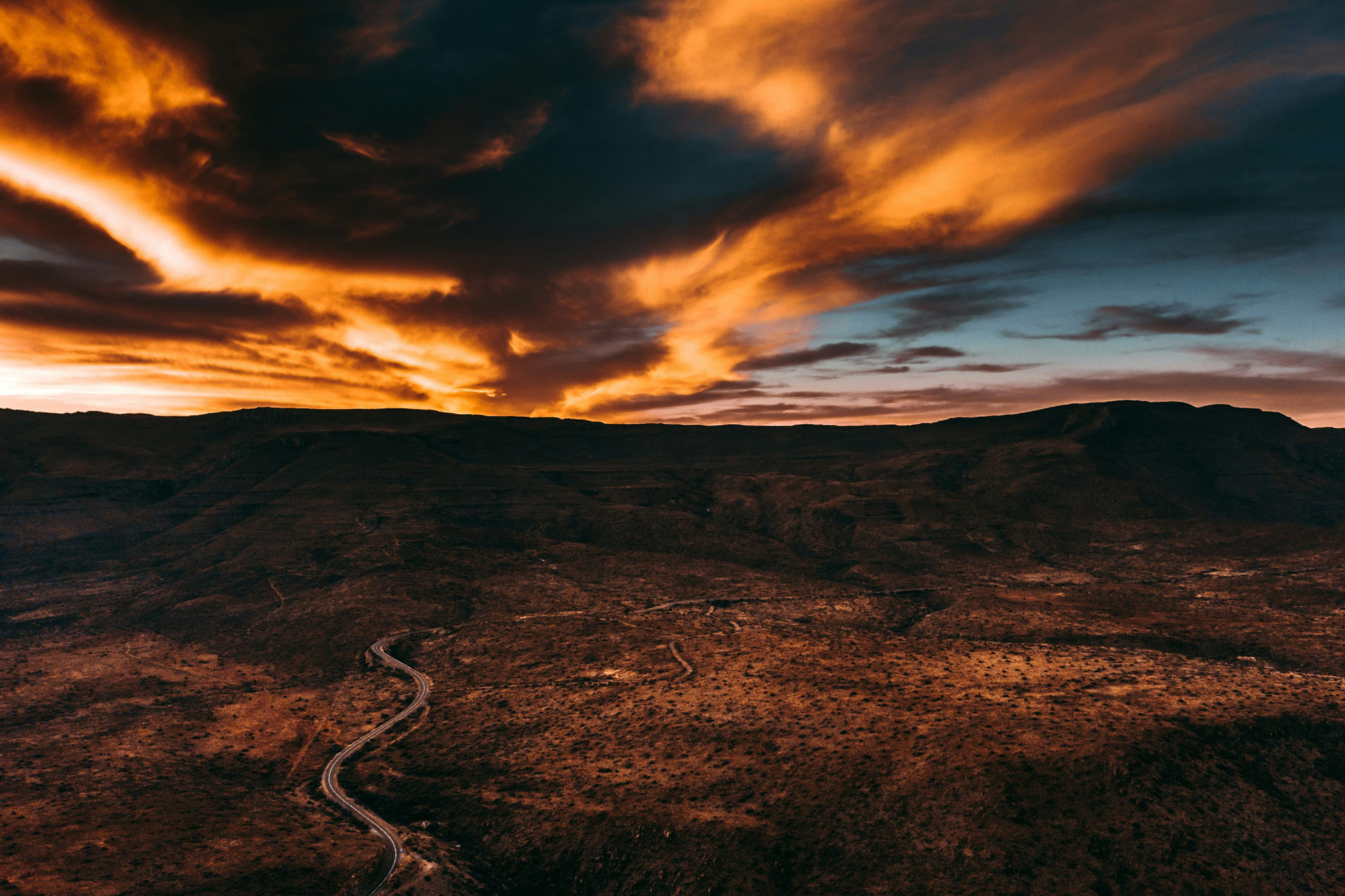
What types of vehicles are available for rent, and which are best suited for African travel?
Urban travel
In cities such as Cape Town, Nairobi, Casablanca or Accra, compact cars and sedans are readily available. They’re efficient for short distances, paved highways and navigating traffic.
Safari and off-road travel
For safaris, rural villages or cross-country drives, SUVs and 4x4s are the clear choice. National parks and desert roads often require higher clearance and some lodges will only allow 4x4s on their access roads. An SUV or 4×4 handles Africa’s gravel roads, sand and potholes much more comfortably. Many car rental companies, like Discover Cars, will steer safari drivers toward Toyota Land Cruisers or Hilux pickups with raised suspension.
Long-haul and overlanding
In Southern Africa, especially Namibia and Botswana, pick-ups and overland vehicles fitted with rooftop tents and camping gear are popular for self-drive safaris. These vehicles are designed for independence on multi-day routes.
Luxury options
South Africa and Morocco also offer luxury sedans and SUVs, catering to travellers who prioritise comfort and business-class service.
Insider tip: In many African countries, automatics are rarer and premium, so ask for a manual transmission to save money. Always check that your chosen vehicle matches the terrain you plan to tackle.
Affiliate link (what is it?)
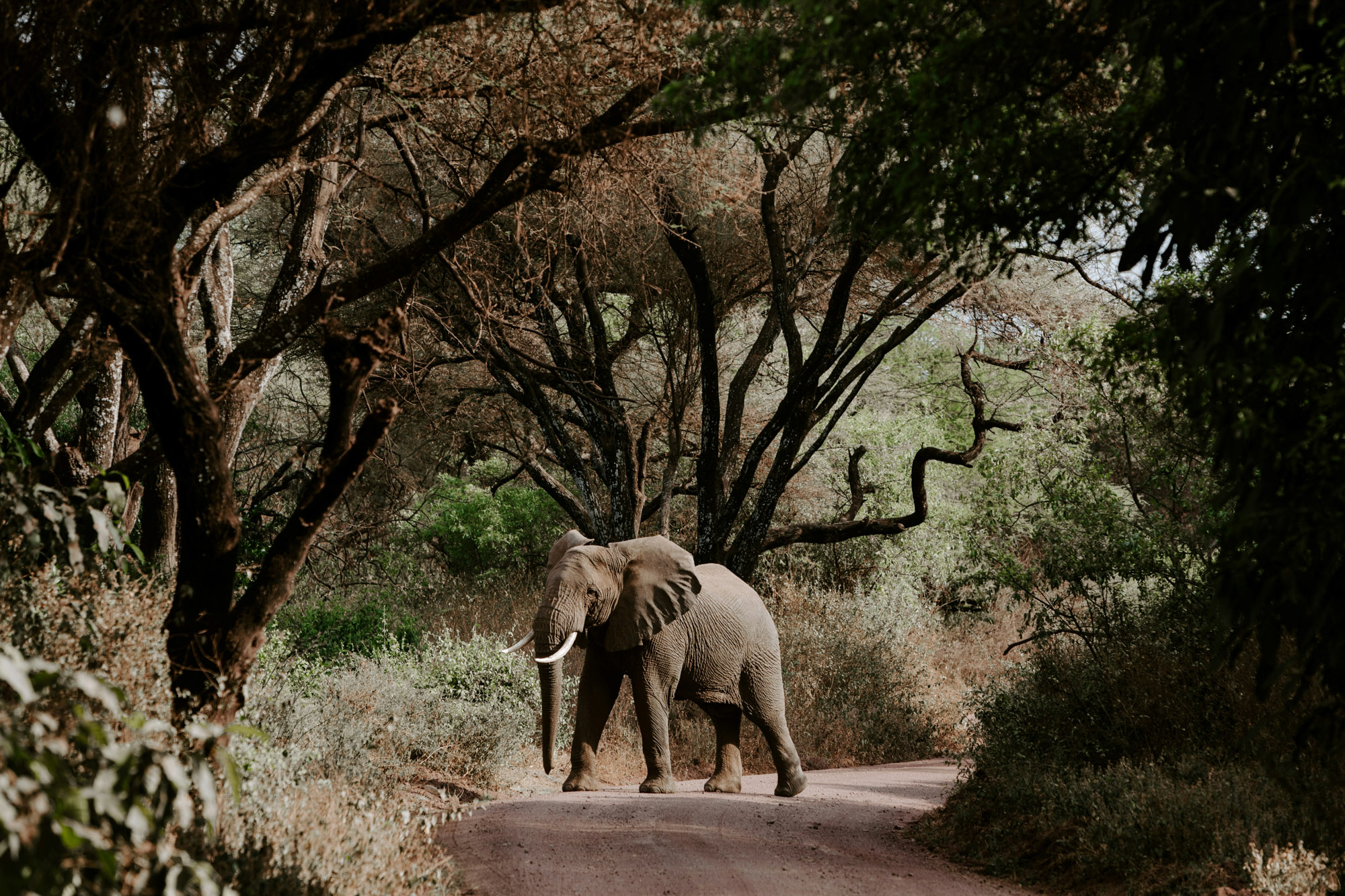
How do you find the best car rental deals in Africa?
To get the best car hire rates, compare widely and book ahead. When planning a trip in Africa, Discover Cars stands out as an optimal car rental choice. This platform lists all major rental agencies, providing a comprehensive comparison to ensure you secure the best deal. We consistently use Discover Cars for our travels and have yet to find a rental car cheaper elsewhere. One of the key benefits of using Discover Cars is the transparency in pricing – the quote you see includes all mandatory fees, taxes and additional costs, ensuring there are no unpleasant surprises at the rental desk.
In practice, booking about a week before travel often yields the lowest prices. Last-minute rush can spike daily rates, especially around holidays. Look for weekly rentals or mid-week pick-ups, as many companies drop prices for hires of more than seven days. Don’t forget to check local car rental companies as well – sometimes they have unique deals, especially in tourist hotspots.
Affiliate link (what is it?)
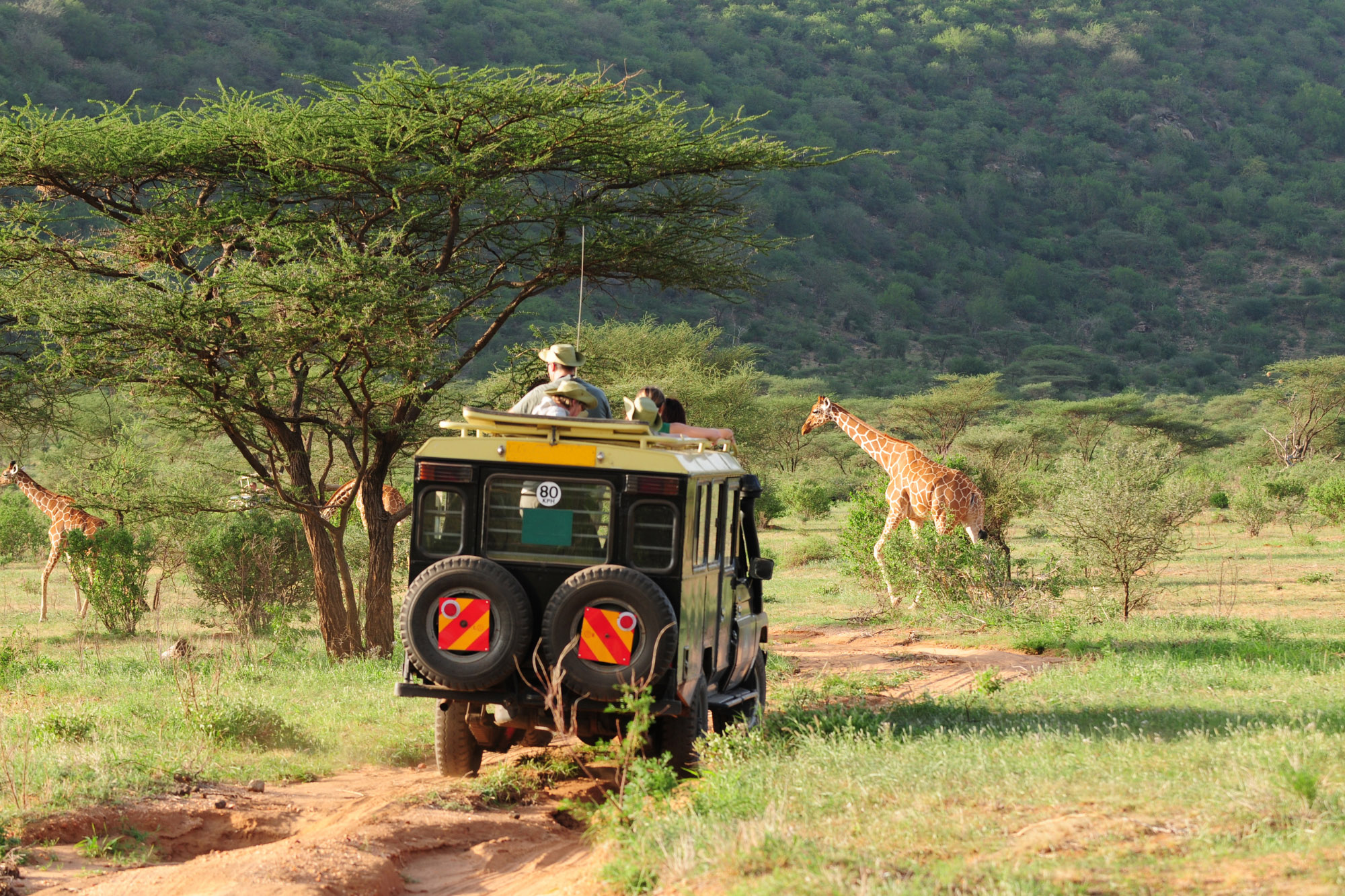
What times of year are rates most favourable?
Rental prices in Africa often follow global travel patterns. On aggregate, January tends to be the cheapest month continent-wide and July the most expensive.
High season
During June–August and December, prices surge across safari hotspots like Tanzania, Kenya, Namibia and Botswana, as well as island escapes like Mauritius and Zanzibar.
The summer holidays (July/August) and year-end are peak periods everywhere, pushing prices up (often 10–15% above the annual average).
Shoulder season
The April–May and September–October windows usually offer the best value: good road conditions, mild weather, fewer crowds and more affordable cars.
Low season
The rainy months (January–March in Southern Africa, seasonal rains in West/East Africa) deliver the lowest rental rates, but road conditions can be difficult. Flooded tracks and muddy backroads mean you’ll need a capable SUV or 4×4.
Affiliate link (what is it?)
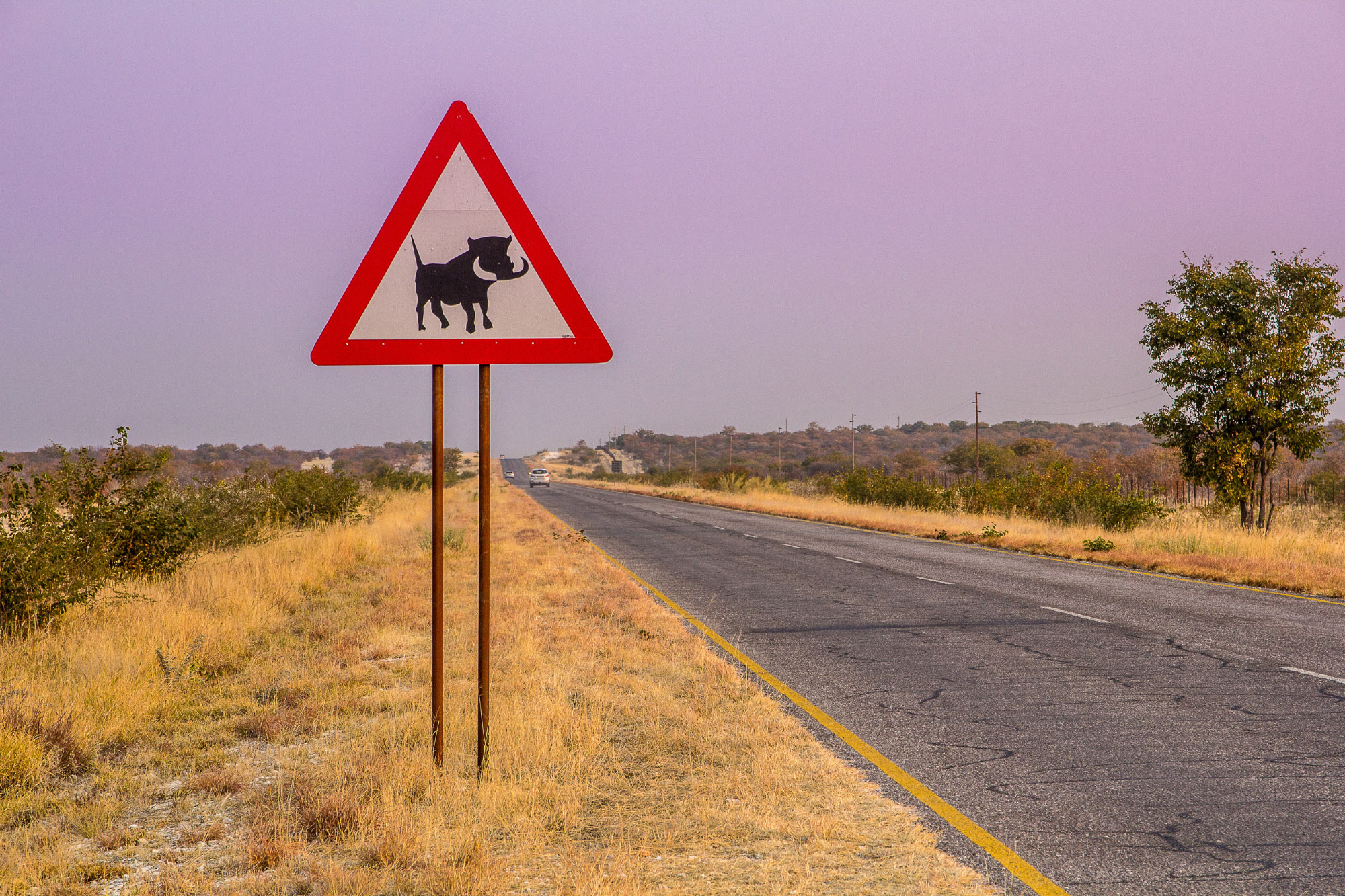
What are the driving laws that might affect renters in Africa?
Driving side of the road
Rules vary by country. South Africa, Namibia, Botswana, Kenya, Tanzania and several Southern/East African nations drive on the left, while most of North and West Africa follow the right-hand system. Always confirm before you arrive to avoid surprises.
Speed Limits
Speed limits are strictly enforced in many regions, particularly in South Africa and Morocco, where speed cameras are common. As a guide:
Urban areas: 50 kilometres per hour (31 miles per hour)
Secondary roads: 80–100 kilometres per hour (50–62 miles per hour)
Highways: 100–120 kilometres per hour (62–75 miles per hour)
Seatbelts and Safety
Seatbelts are compulsory across the continent. Fines for non-compliance can be steep and checkpoints are frequent, especially in East Africa. Using a mobile phone without a hands-free is generally illegal.
Alcohol Limits
Most African countries enforce a low blood-alcohol limit (often 0.05–0.08%) and treat drunk driving very seriously. The legal blood alcohol limit in South Africa is 0.05% and enforcement is heavy. In Muslim-majority countries such as Morocco or Egypt, zero tolerance often applies.
Police Checkpoints
Expect regular police and military checkpoints, particularly in East and West Africa. Always carry your driver’s licence, passport, rental contract and insurance documents. Bribery requests can occur – remain polite, firm and insist on official receipts if fines are levied.
Affiliate link (what is it?)
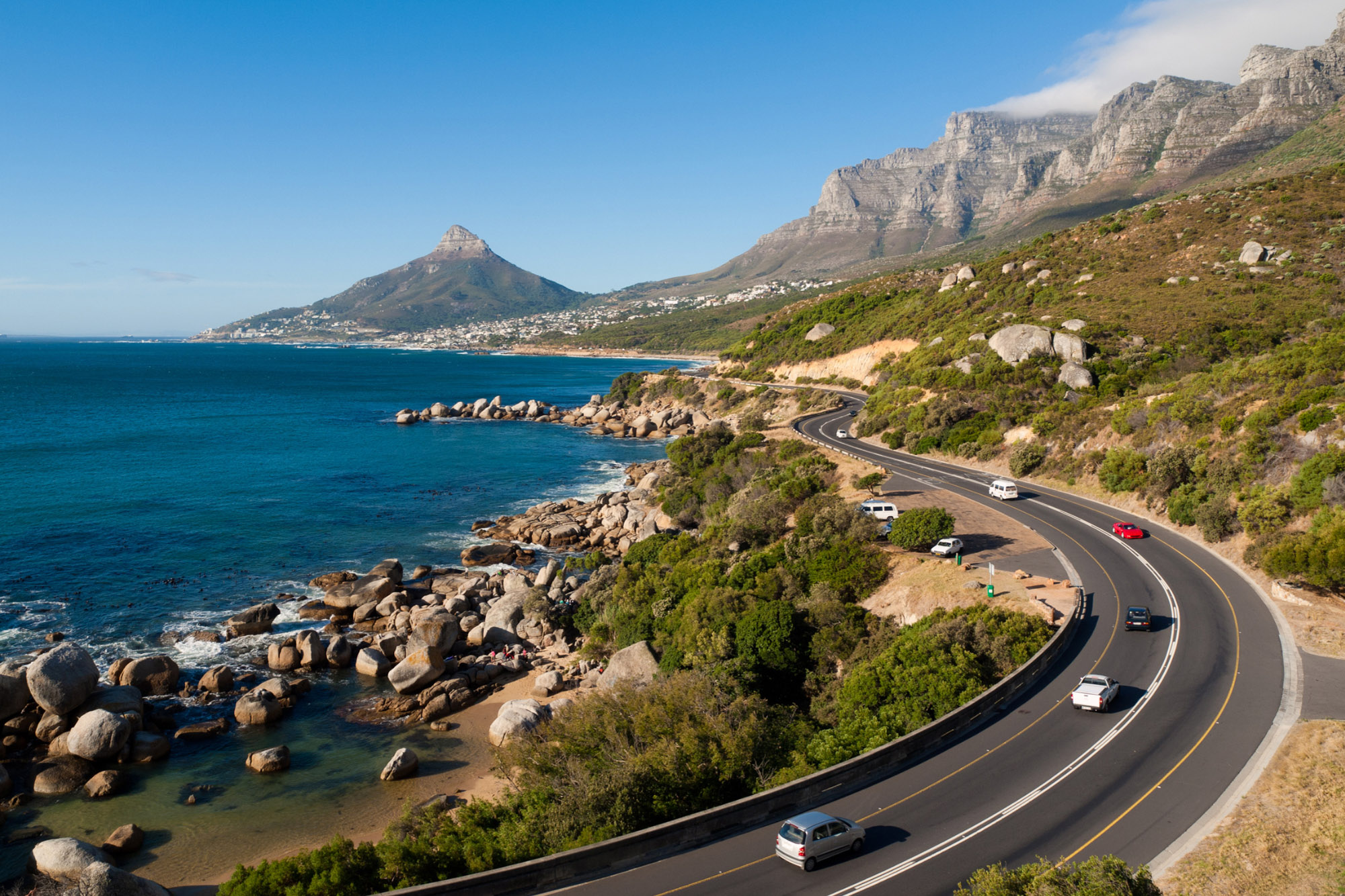
What are some specific tips for renting and driving a car in South Africa?
Highway network and driving laws
South Africa has the most extensive and efficient highway system in Africa, making long-distance travel relatively quick. Driving is on the left-hand side. Key laws include seat belts for all passengers, a strict 0.05% blood alcohol limit and no phone use unless hands-free. Headlamps should be switched on at dusk. Expect tolls on major motorways such as the N1, N2 and N3 – these can be paid in cash or via electronic tags, so it helps to keep small change on hand.
Booking and travel safety
Airport rental hubs in Cape Town and Johannesburg often offer the best deals. Plan your route carefully so you reach urban areas by nightfall. Crime rates are higher along isolated roads after dark.
Choosing the right car
For city driving in Johannesburg or Cape Town, an economy car is sufficient. However, if you’re heading into national parks or rural provinces, a mid-size SUV or 4×4 is recommended. Even on paved highways, extra ground clearance helps with potholes. Note that some rental companies apply surcharges for under-25 drivers, especially on 4×4 rentals.
Fuel availability
Fuel is widely accessible in towns and cities and most stations accept credit cards. In rural areas, pumps are scarcer – fill up whenever you can on long drives.
Wildlife and road hazards
At dawn and dusk, watch for wildlife crossing the roads – baboons, antelope, cattle and other animals can appear unexpectedly. Always lock your doors when stopping and keep valuables out of sight, as carjackings occasionally occur in remote areas.
Seasonal weather conditions
Coastal weather changes quickly, particularly around Cape Town and the Garden Route. Winter (June–August) brings rain and fog, especially in mountainous areas. Summer (November–March) is warm and dry, making it the best season for scenic coastal drives.
Parking in cities
Johannesburg and Cape Town are notorious for heavy traffic, with some of the worst congestion in Africa. Secure parking garages are the safest option, as street parking is limited and opportunistic crime is common. Always use marked parking areas, lock doors and avoid leaving valuables in sight.
Affiliate link (what is it?)
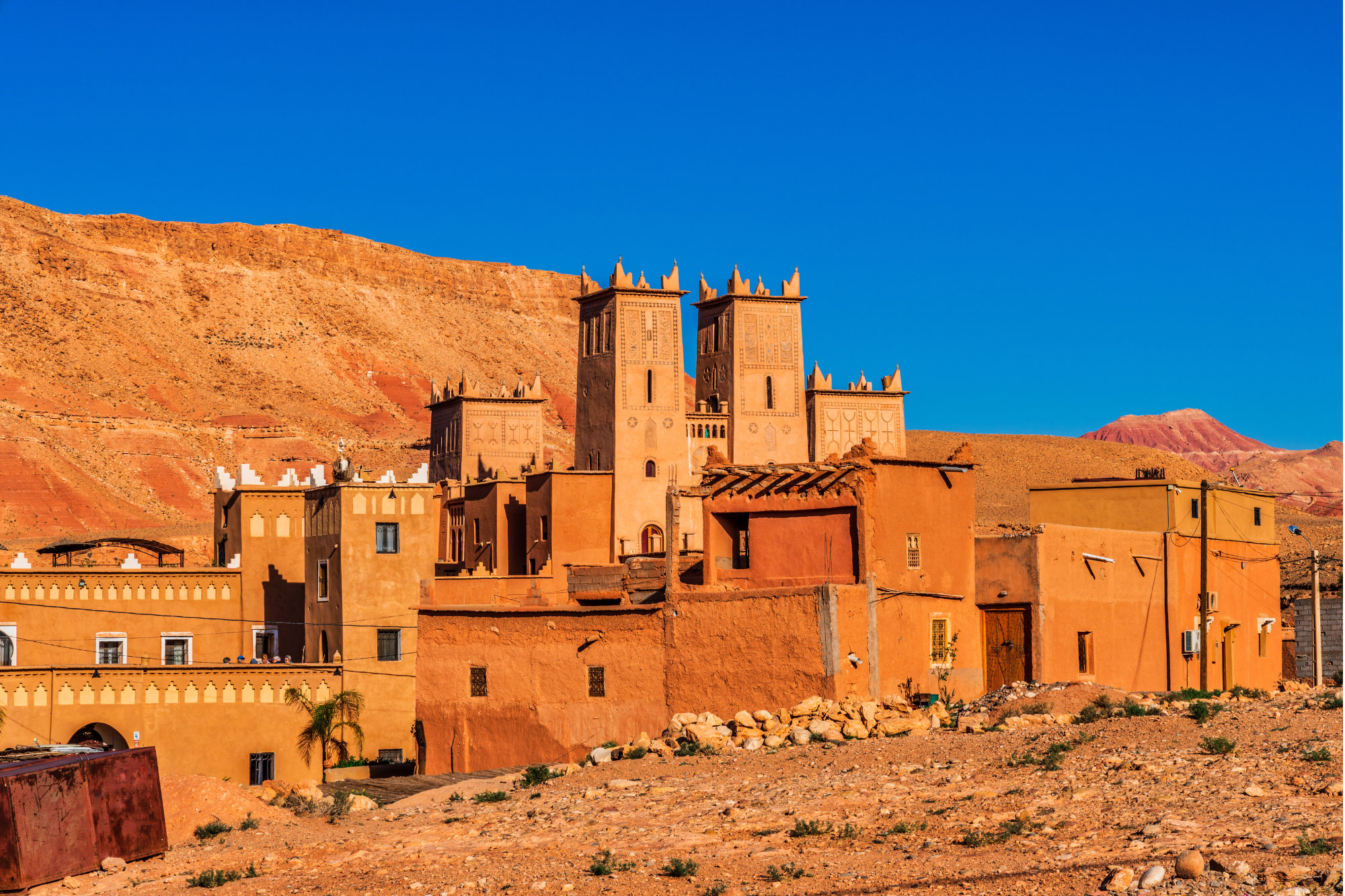
What are some specific tips for renting and driving a car in North Africa?
Driving conditions and road quality
In North Africa, including Morocco, Tunisia and Egypt, driving is on the right-hand side. Major highways are generally well-maintained. Morocco’s motorways, such as the Casablanca–Rabat route, are tolled with booths that accept dirhams. In the Sahara regions, long desert highways demand extra preparation – carry water and expect sand drifting onto the road. Mountain routes through the Atlas range can be narrow and winding and snow closures are possible in winter.
Documents and rental requirements
Most travellers need only their home driver’s licence and passport. Morocco is one of the few countries in the region that does not require an International Driving Permit. At pick-up, expect to pay a deposit and often mandatory insurance with high deductibles that can exceed $1,000. A credit card with a sufficient limit is essential. At rental counters, Arabic and French are the dominant languages, so a translation app or phrasebook is useful.
City driving realities
Driving in cities such as Cairo, Casablanca or Rabat can be overwhelming. Traffic lights are often placed beyond intersections and drivers tend to push into any available space. Congestion is constant and only the confident attempt downtown driving. Many visitors avoid this by relying on taxis or hiring private drivers. If you do drive, always use guarded parking lots; street parking is limited, usually paid and sometimes unsafe.
Local tips and fees
Moroccan highways are dotted with speed cameras and fines are strict. Since signs are in kilometres, keep a close eye on your speedometer. Some rental companies also add significant charges for one-way rentals – expect fees of around 700 MAD ($78) when returning the car to a different city.
Affiliate link (what is it?)
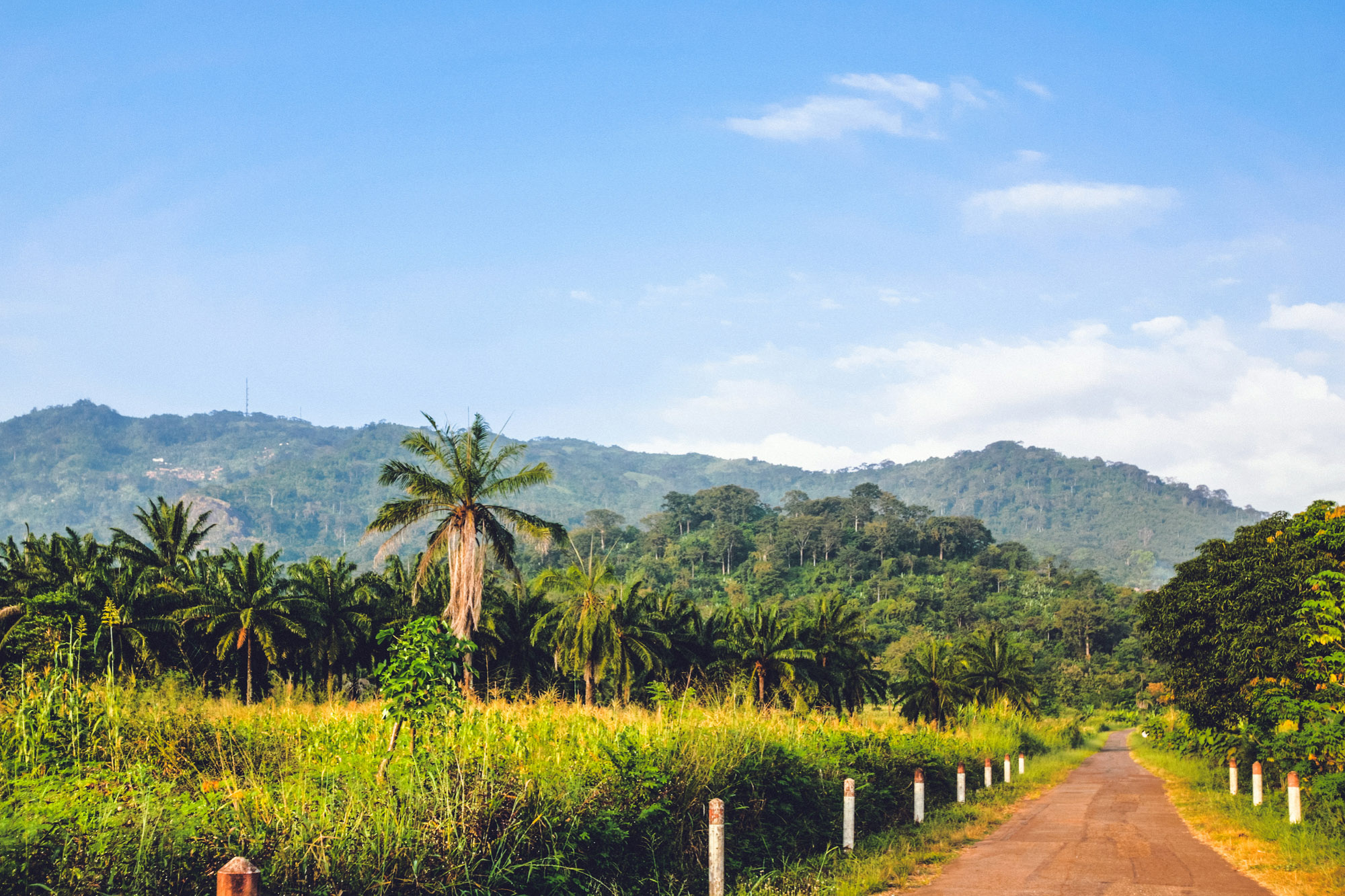
What are some specific tips for renting and driving a car in East Africa?
Driving conditions and road quality
In East Africa (Kenya, Tanzania, Uganda and Rwanda), driving is on the left. The road network is steadily improving, with stretches of smooth highways alongside rougher secondary routes. Kenya’s A1 highway from Nairobi to Mombasa is well-paved, but many C- and D-roads are dirt or riddled with potholes. In national parks and rural areas, expect dirt tracks that turn into mud traps during the rainy season. A 4×4 is highly recommended – not only for off-road conditions but also for the clearance it provides on patched or washed-out highways.
Fuel and supplies
Fuel stations are available along main routes and in towns, but distances can be long. It’s wise to carry spare fuel, drinking water, snacks and at least one extra tyre. Breakdowns may take time to resolve, so self-sufficiency is important. Many drivers rely on GPS apps like Maps.me (which works offline) or carry an OBD tracker for added security.
Cross-border travel
Thanks to the East African Community agreement, it’s possible to drive across Kenya, Uganda, Tanzania and Rwanda with a single permit, provided you declare this when renting and pay the relevant fee. This makes multi-country road trips relatively straightforward. Visa policies are traveller-friendly too: many borders issue visas on arrival or are visa-free for common passports. Always double-check requirements before setting out.
Safety and city driving
City traffic can be intense. Nairobi’s rush hours are infamous and boda-boda (motorbike taxis) weaving between lanes add to the challenge. In Tanzania, the A104 toward Arusha is paved, but once inside safari zones like Serengeti or Ngorongoro, expect rough terrain ranging from lava rock to sand. Across the region, large trucks move slowly and unpredictably on highways, so overtaking requires caution.
Security and local advice
Self-driving in East Africa is generally safe if you’re prepared. Keep valuables hidden and doors locked, particularly during roadside stops. At police checkpoints, remain calm and present your documents – requests for bribes are less common than in some other parts of Africa. Driving after dark is strongly discouraged: many rural stretches are unlit and livestock or pedestrians may be on the road. Stick to main highways and aim to travel during daylight hours only.
Affiliate link (what is it?)
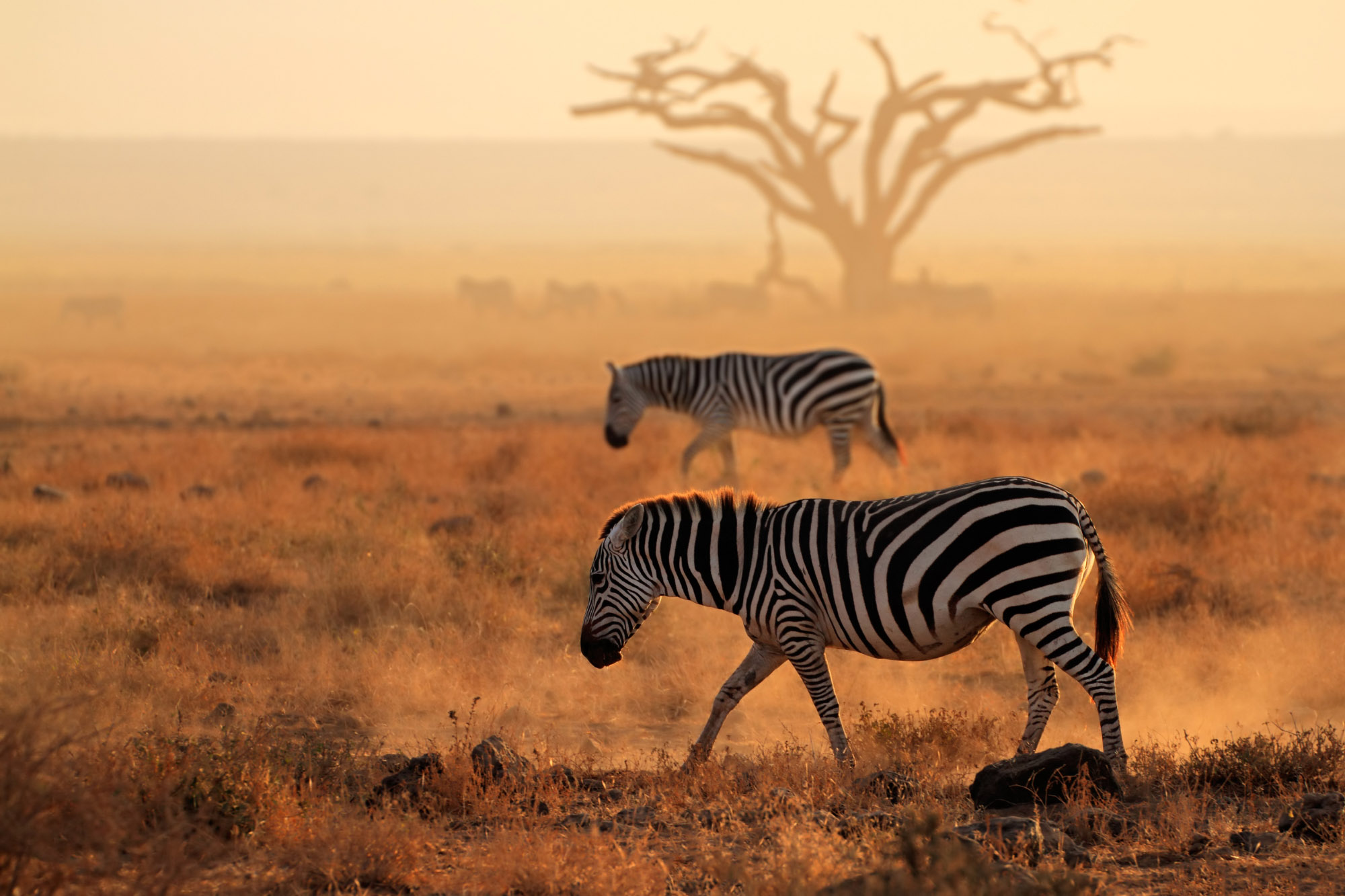
What are some specific tips for renting and driving a car in West Africa?
Driving conditions and road quality
In West Africa, driving is on the right. Roads range from smooth motorways – like Nigeria’s Lagos–Ibadan Motorway – to rough rural tracks of dirt and gravel. Traffic tends to be unpredictable: aggressive honking, motorcycles weaving between lanes and even herds of cattle crossing the road are all part of the mix. In Nigeria, seat belts are legally required and phone use while driving is banned. Locals strongly warn against driving at night except on well-lit highways, as many roads have no lighting and roadside assistance is limited.
Rental requirements and checkpoints
When renting, it’s best to use international agencies with reliable reputations. Be prepared for frequent checkpoints – keep your vehicle papers handy and carry extra passport photos, as some officials may request them. Having cash in local currencies (CFA francs or Nigerian naira) is essential since toll booths and smaller stations rarely accept cards. ATMs and fuel stations outside major cities are unreliable, so plan ahead. Fuel is typically pricier due to high taxes and while it’s usually sold by major companies, topping up whenever you can is still smart.
Parking in cities
Lagos, Accra and Dakar are not built for easy parking. Street space is scarce and informal “parking boys” often manage market or roadside areas. To avoid theft, always choose guarded lots, even if they require a fee. Many travellers skip self-driving in city centres altogether, opting instead for ride-share apps or pre-booked drivers. If you do park a rental, keep valuables hidden and doors locked at all times.
Local language and road safety
Road signage varies. In countries like Senegal or Côte d’Ivoire, signs are in French, while in Ghana and Nigeria they’re in English. Regardless of the language, defensive driving is non-negotiable. Stick to your lane on blind curves and hills, expect pedestrians and roadside vendors at any point and be cautious of sudden roadblocks.
Affiliate link (what is it?)
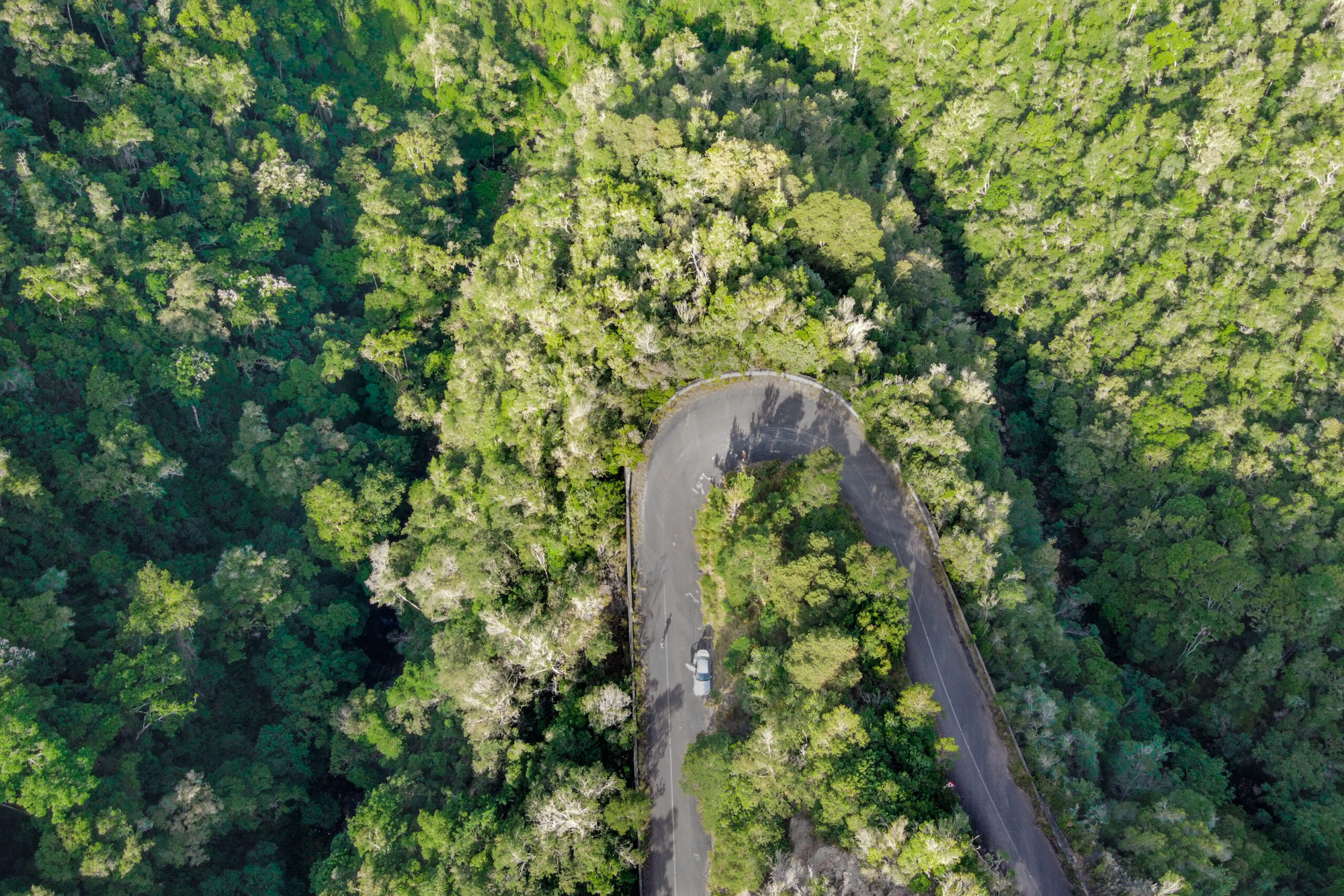
What are some driving tips for handling African weather conditions?
Rainy season
Heavy rains can turn unpaved roads into mud tracks. In East and West Africa, flash floods may cut off rural routes for days. Always check seasonal forecasts before planning self-drive safaris or long cross-country journeys. A 4×4 with high clearance is strongly advised during wet months.
Dry Season and dust
In regions such as the Sahel or Namibia, dry months bring dust storms and loose gravel. Reduce speed when visibility drops and keep a greater distance between vehicles to avoid damage from flying stones.
Heat and Vehicle Stress
Temperatures in desert zones (Morocco, Namibia, northern Kenya) can exceed 40°C (104°F). Carry extra drinking water for passengers and extra coolant for the car. Avoid leaving valuables inside vehicles, as interiors heat quickly.
Coastal Weather
Along coastlines in Mozambique, Tanzania or Ghana, sudden tropical storms are common. Strong winds and slippery roads mean slowing down is key.
Affiliate link (what is it?)
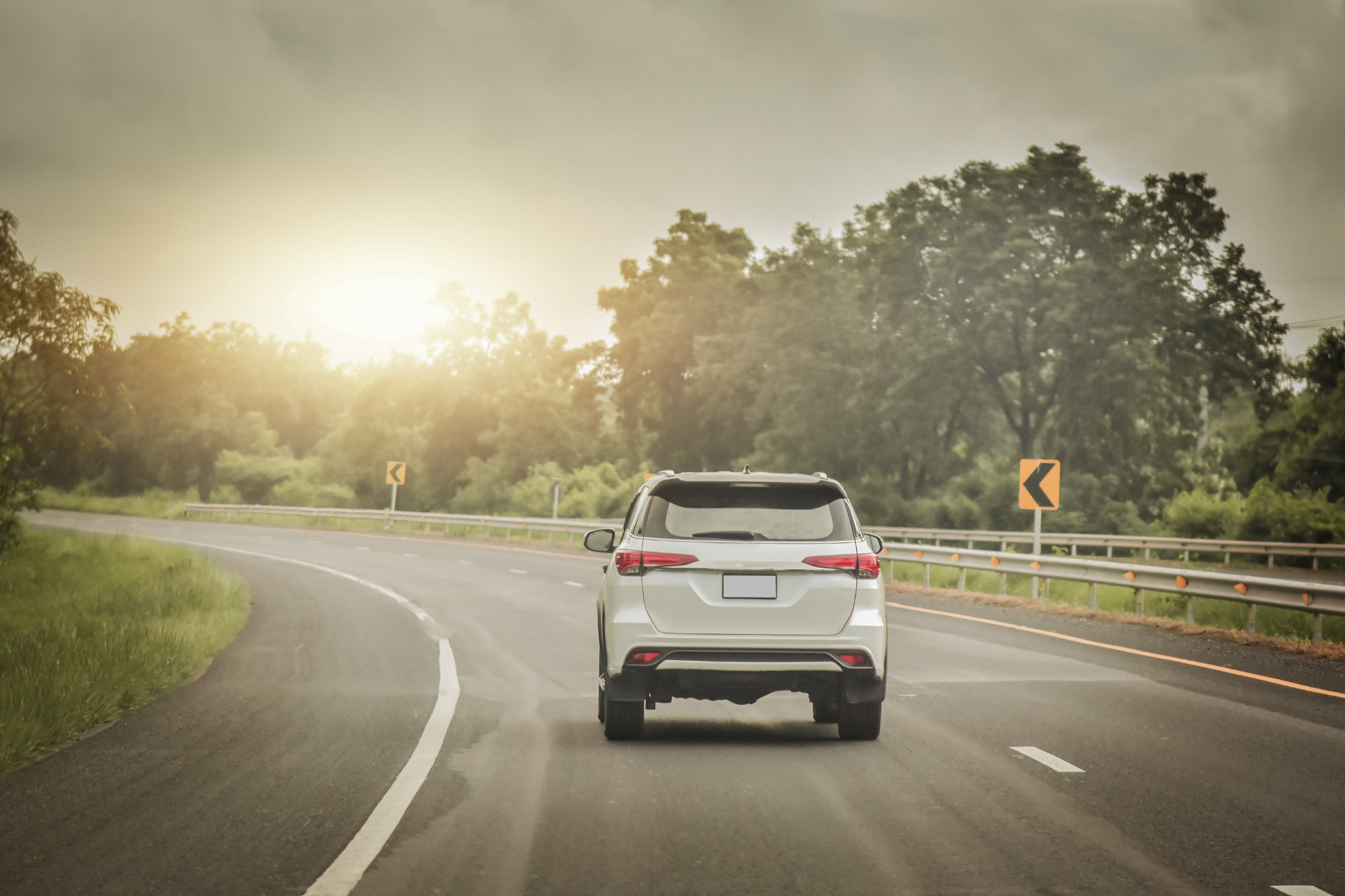
What insurance coverage is needed?
Basic vs. Full Coverage
Basic insurance (Collision Damage Waiver and Theft Protection) is often included but usually comes with a high excess – sometimes $1,000 or more. Full coverage reduces your financial risk and is strongly recommended, given road conditions and unpredictable hazards like wildlife.
Third-Party Liability
Many African countries require third-party liability insurance, which covers injury or damage to others. Always confirm this is included in your rental.
Cross-Border Insurance
If you’re driving across borders (common in East and Southern Africa), you’ll likely need a COMESA Yellow Card or equivalent regional insurance extension. Without it, you can be fined or denied entry.
Personal Accident Insurance
Healthcare standards vary. Adding personal accident insurance ensures medical costs are covered if you’re injured in an accident.
Affiliate link (what is it?)
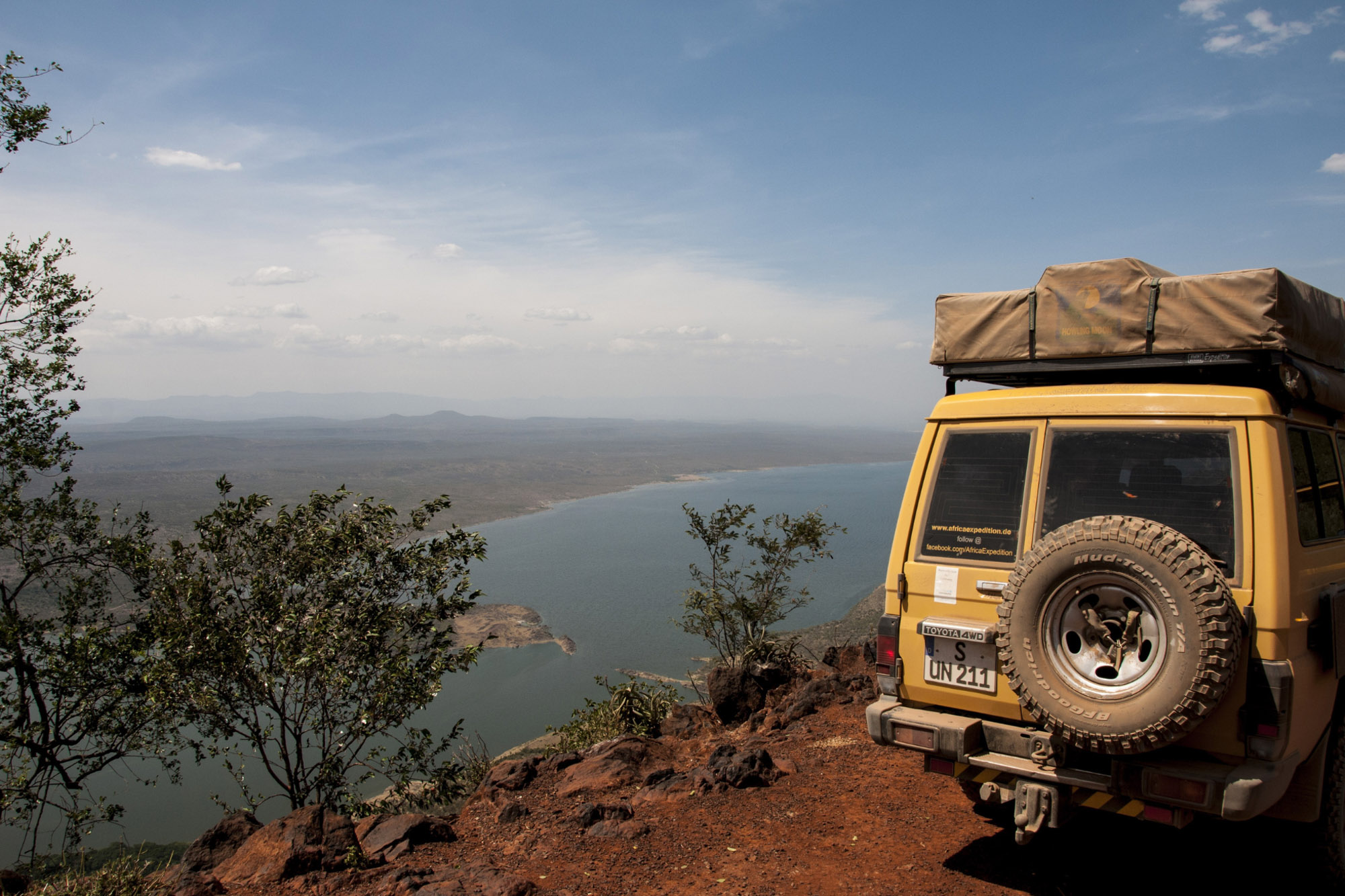
What are typical rental costs and what additional fees should you expect?
Base Rental Costs
Economy cars: $30–50 per day in South Africa or Morocco; higher ($50–80 per day) in East Africa.
SUVs/4x4s: $70–120 per day, depending on the country and season.
Overland vehicles with camping gear: $120–200 per day in Namibia and Botswana.
Seasonal Fluctuations
Expect rates to rise by 30–50% in peak safari or holiday seasons (June–August, December). Booking several months ahead secures better pricing.
Additional Fees
One-way rentals: Extra charges apply if dropping off in a different city or country.
Cross-border fees: Can be substantial, especially in East Africa.
Young driver surcharges: Usually $5–15 per day for drivers under 25.
Toll charges: In South Africa and Morocco, these are billed separately.
Cleaning fees: Some companies add charges for vehicles returned dusty after safaris.
Affiliate link (what is it?)
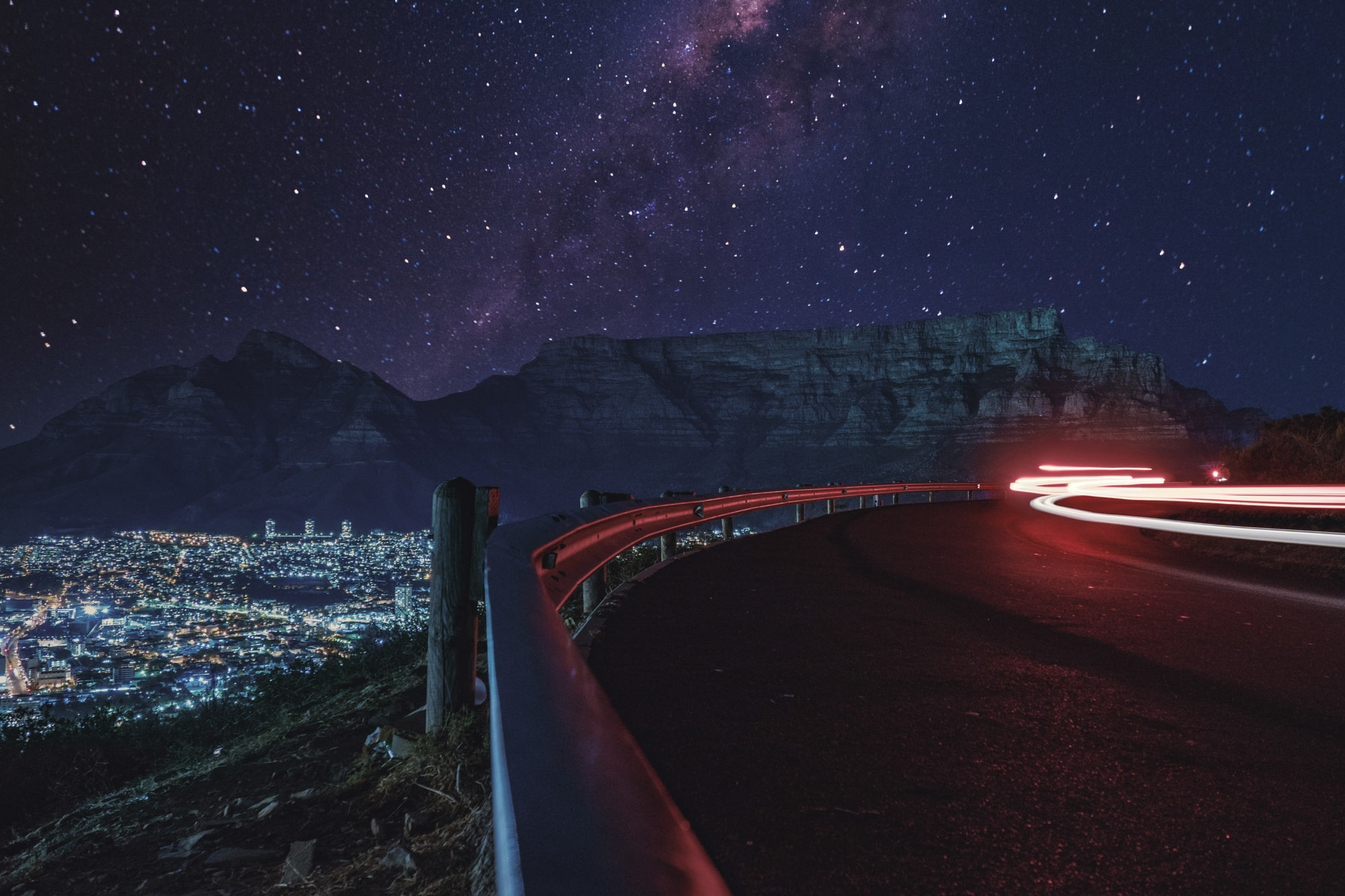
Are there toll roads and how are fees typically paid?
Southern Africa
South Africa has the most extensive toll system on the continent. Major highways between Johannesburg, Durban and Cape Town use toll booths where payment can be made by cash or credit card. Around Johannesburg, some highways use electronic tolling (e-tags), which are billed back to the rental company and then charged to you. Namibia and Botswana have fewer tolls, though cross-border routes may include road taxes payable at the border.
North Africa
Morocco and Tunisia both operate modern toll highways. Payment is by cash or card at booths along the route. Toll costs are affordable by European standards, usually a few dollars for long stretches. Egypt has some tolled motorways around Cairo and the Sinai Peninsula.
East and West Africa
Toll roads are less common but are slowly increasing. Kenya, Nigeria and Senegal have introduced tolled highways to ease congestion around capitals. Payment is usually cash-based, so carry small local currency notes.
Affiliate link (what is it?)
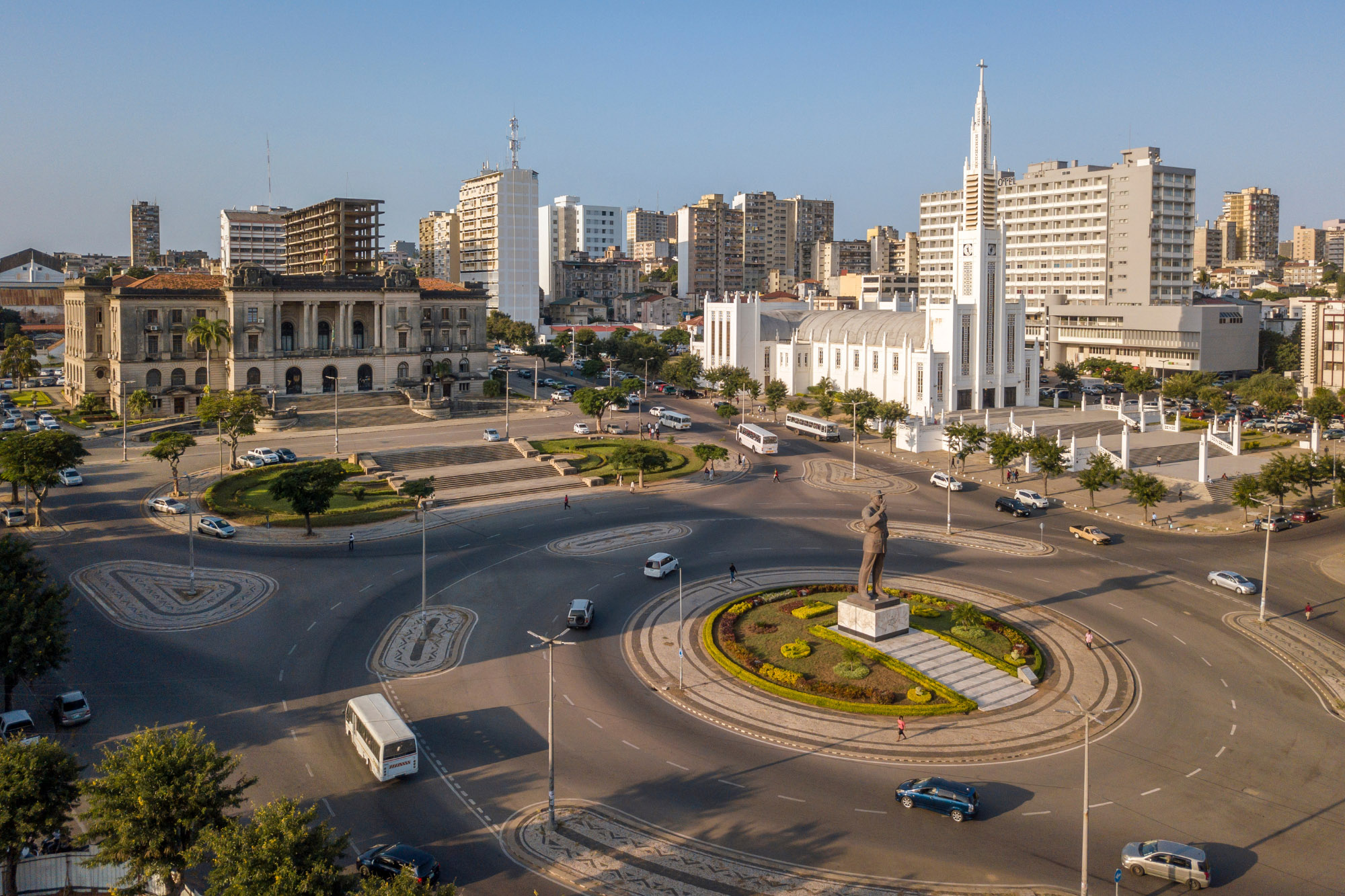
Will I need a car in major African cities, and what are some tips for finding and paying for parking?
In major African cities, a car is usually more a burden than a boon. Traffic congestion is notorious (Cape Town, Lagos, Nairobi and Cairo top Africa’s jam charts). Parking is limited and often expensive.
In practice, many locals use taxis, ride-hails (Uber/Bolt) or rapid transit (where it exists) for inner-city travel. Tourists often rent a car only for day trips or when leaving the city. If you do drive in, stick to official parking lots or hotel garages (street parking is rarely free).
Payment for parking is usually by cash or local parking apps – always use marked spots to avoid fines or theft. For example, Johannesburg’s city centre has many multistorey lots at $2–3 per hour, whereas countries like Kenya have automated parking apps or attendants. In general, plan to leave the car parked and pay for it and use local transport to see the city highlights.
Affiliate link (what is it?)
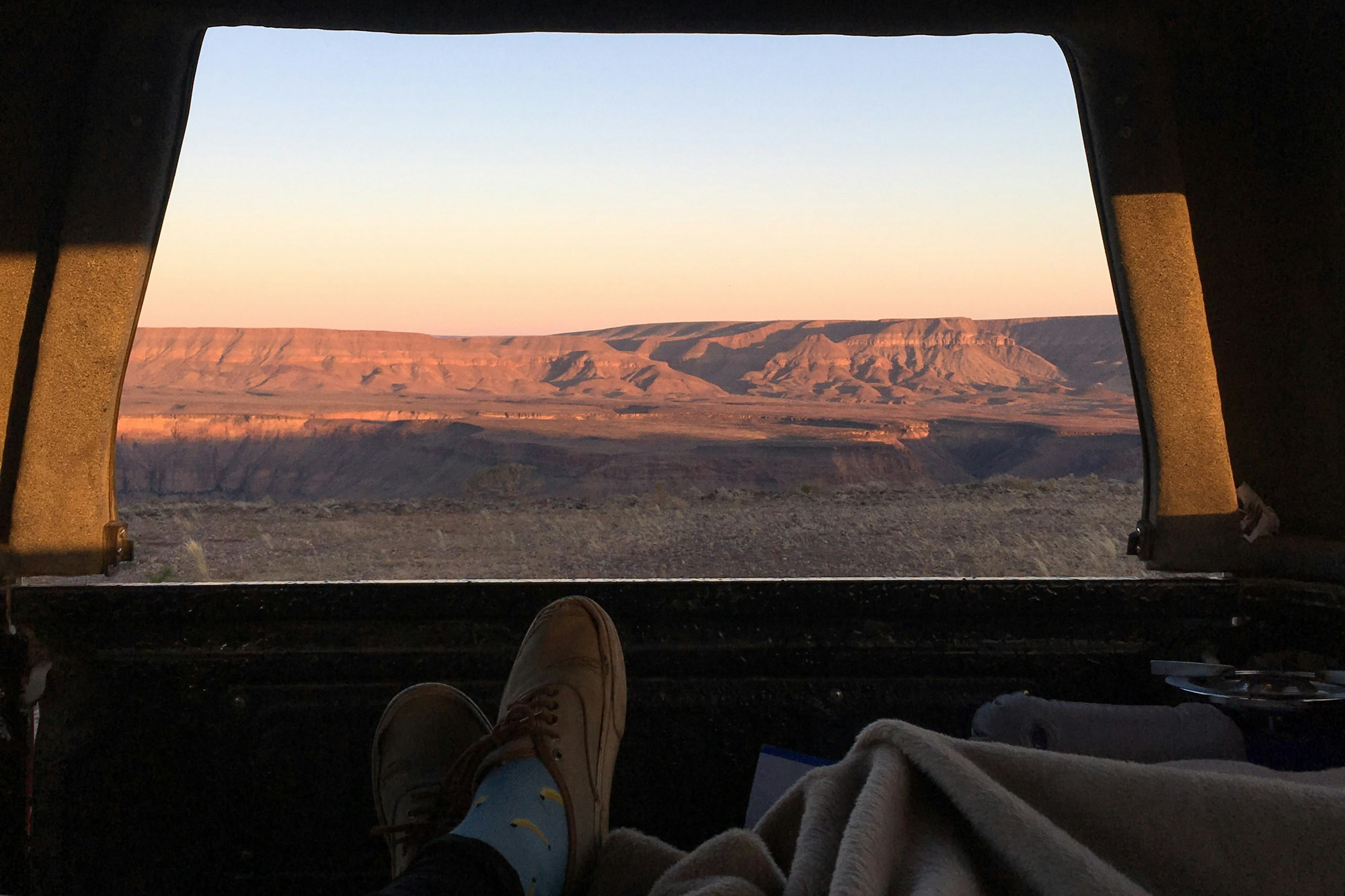
What should you check in a rental car before driving off?
Vehicle Condition
Inspect the car thoroughly for scratches, dents, cracked windscreens or worn tyres. Take timestamped photos or videos before leaving the lot – this is your proof if disputes arise later.
Safety Equipment
Confirm the vehicle includes a spare tyre, jack and warning triangle, as breakdowns on remote roads can leave you far from assistance. In Southern Africa, reflectors and fire extinguishers are legally required in many vehicles.
Fuel and Fluids
Check that the fuel level matches your rental agreement. It’s also wise to ask when the car was last serviced and confirm there’s adequate coolant and oil, especially if driving in hot or remote areas.
Documentation
Make sure you’re given the rental contract, insurance papers and, if relevant, a cross-border permit. Keep these documents easily accessible for checkpoints.
Affiliate link (what is it?)
Share this
Stay in the know
Sign up for the latest hotspot news from Southern Africa.
